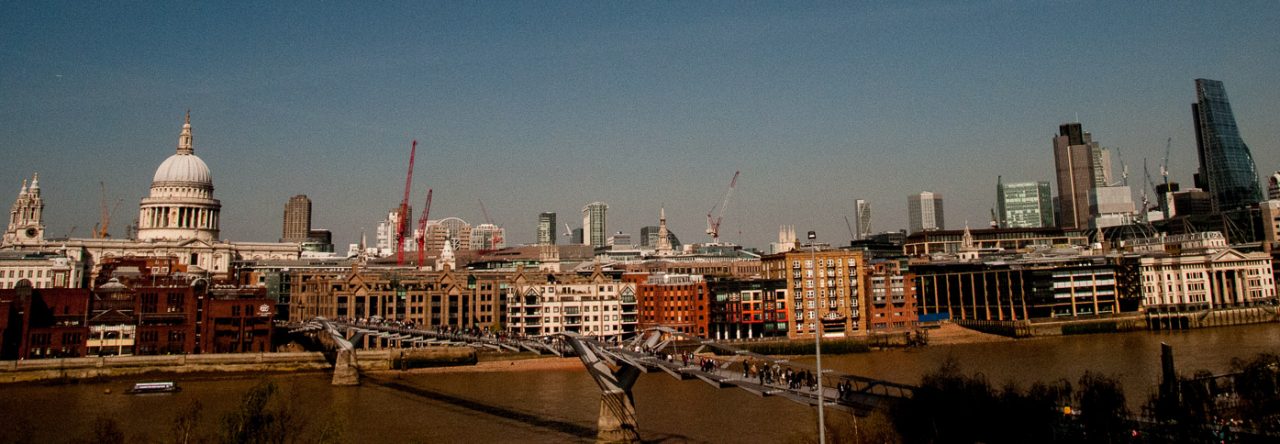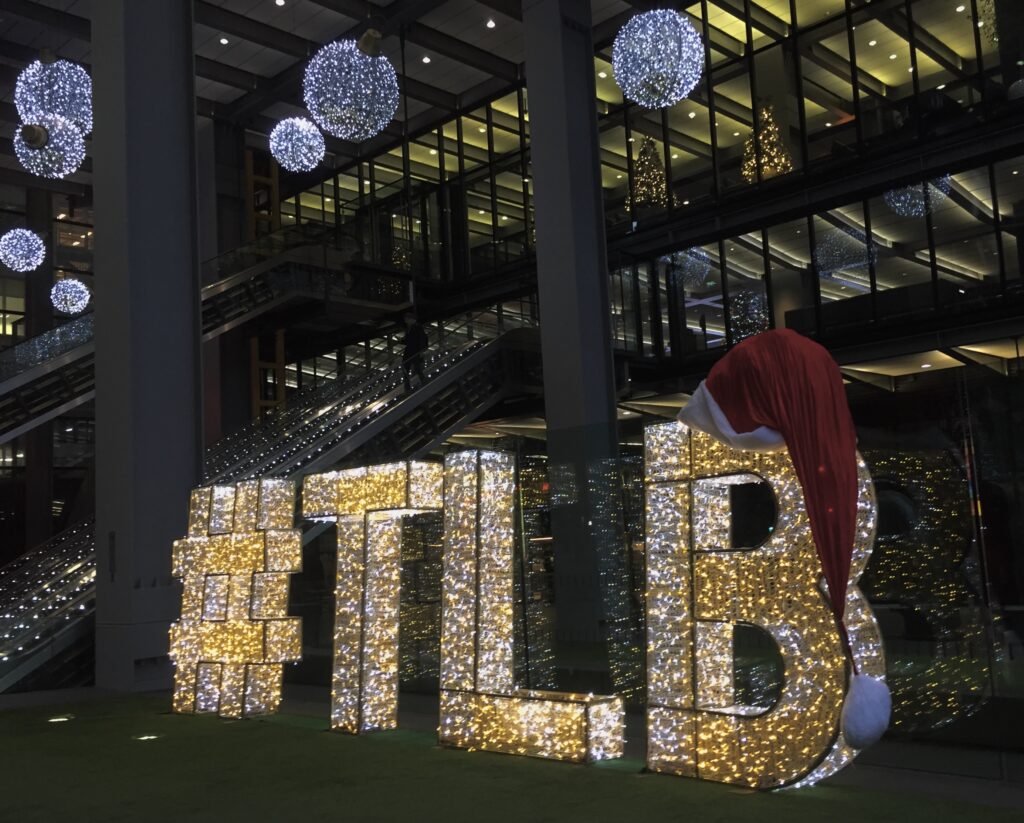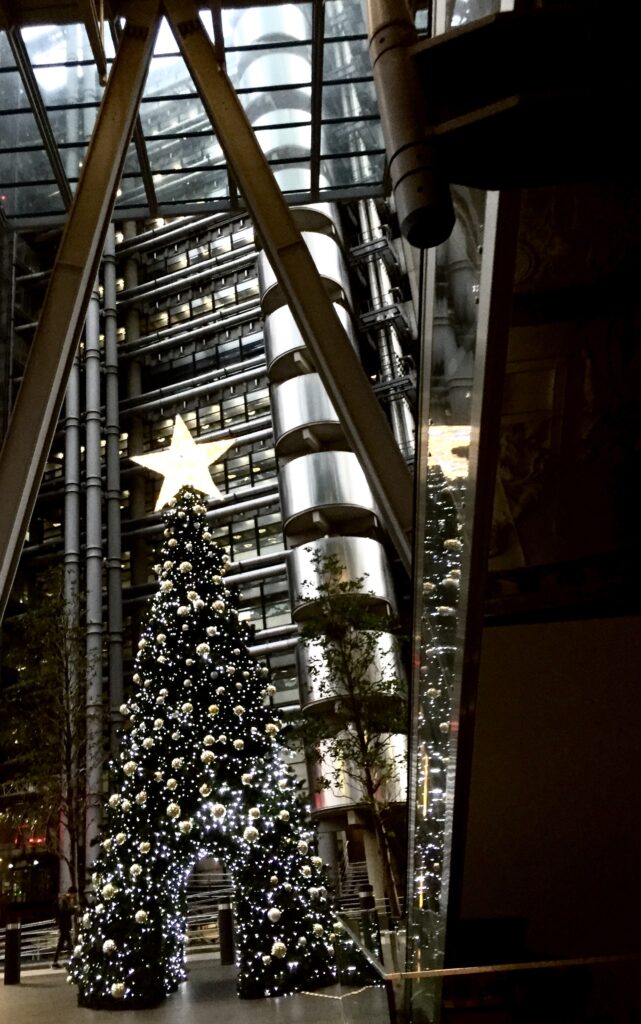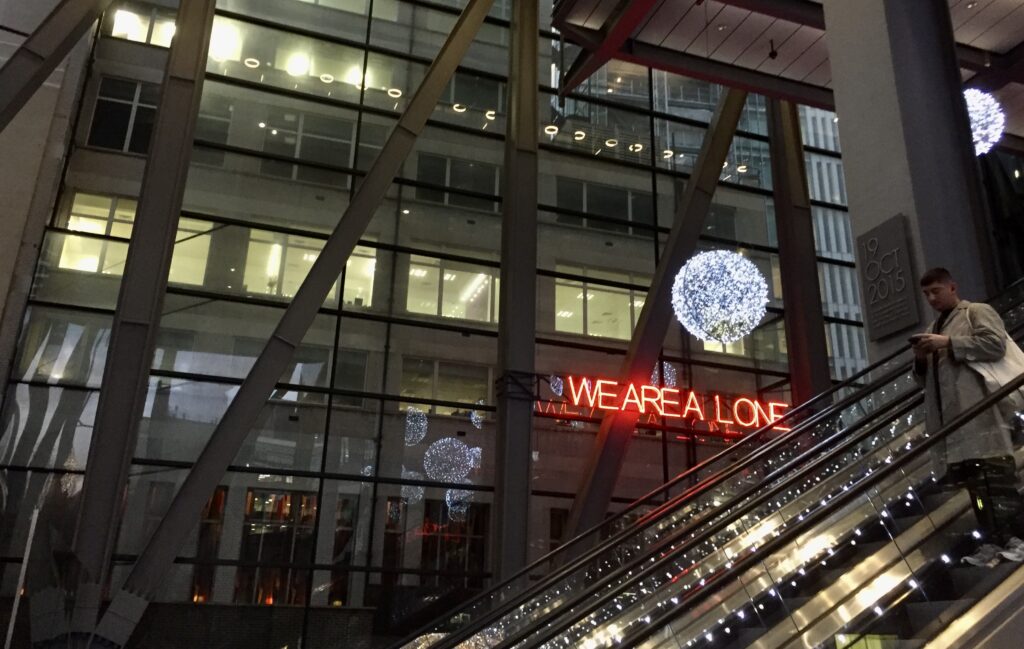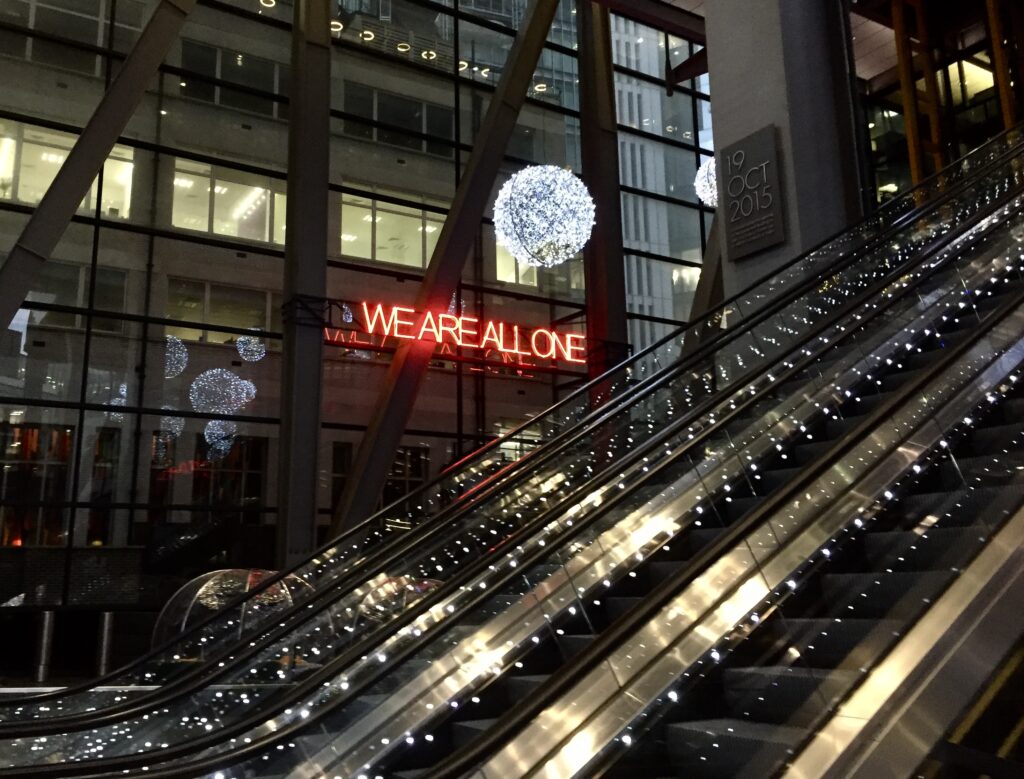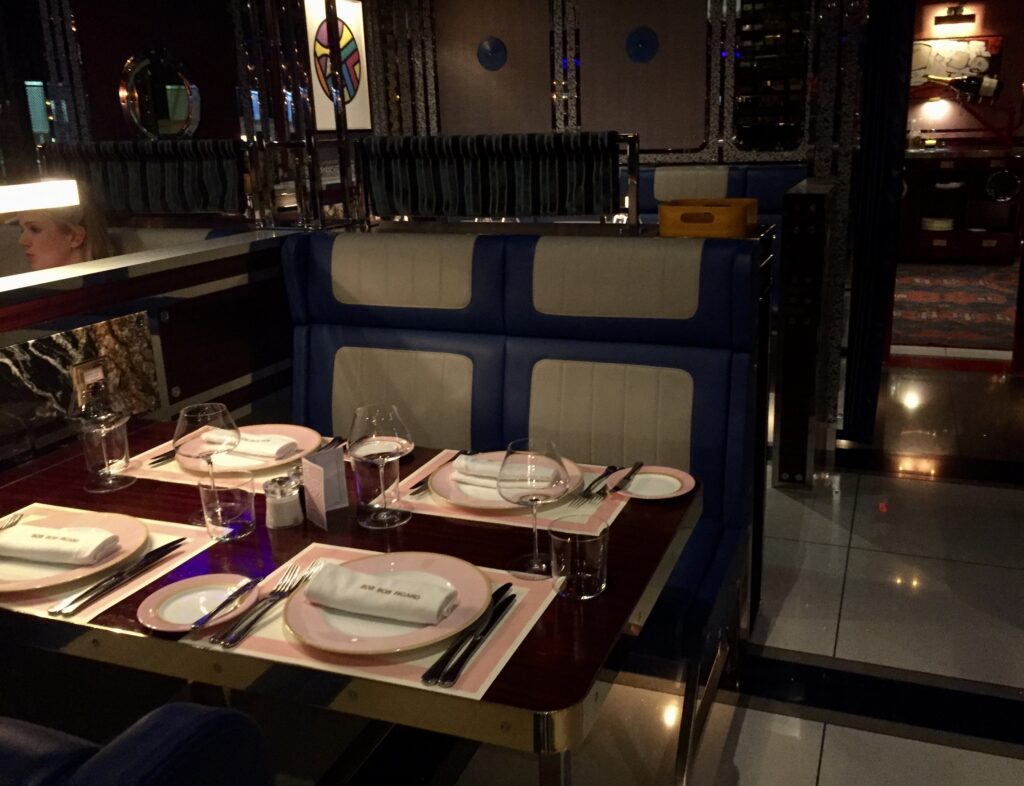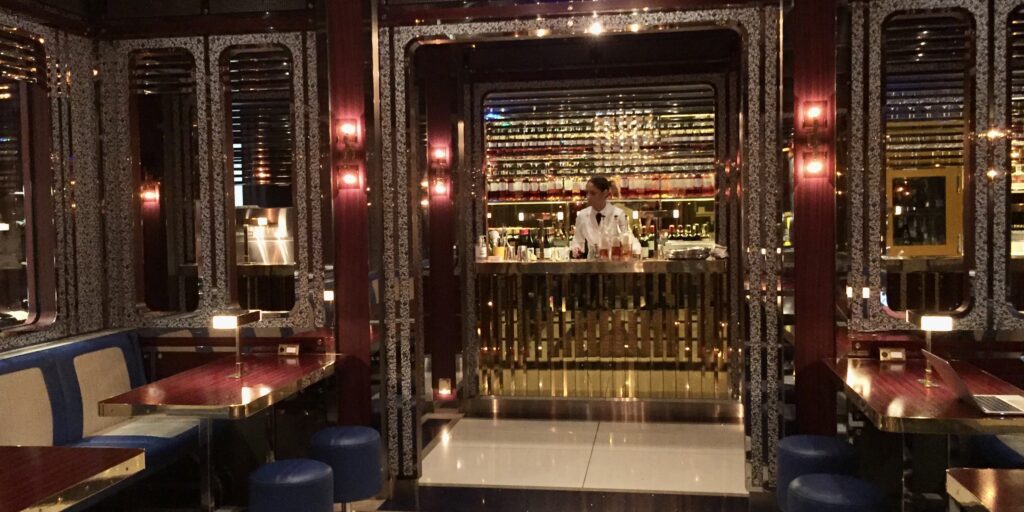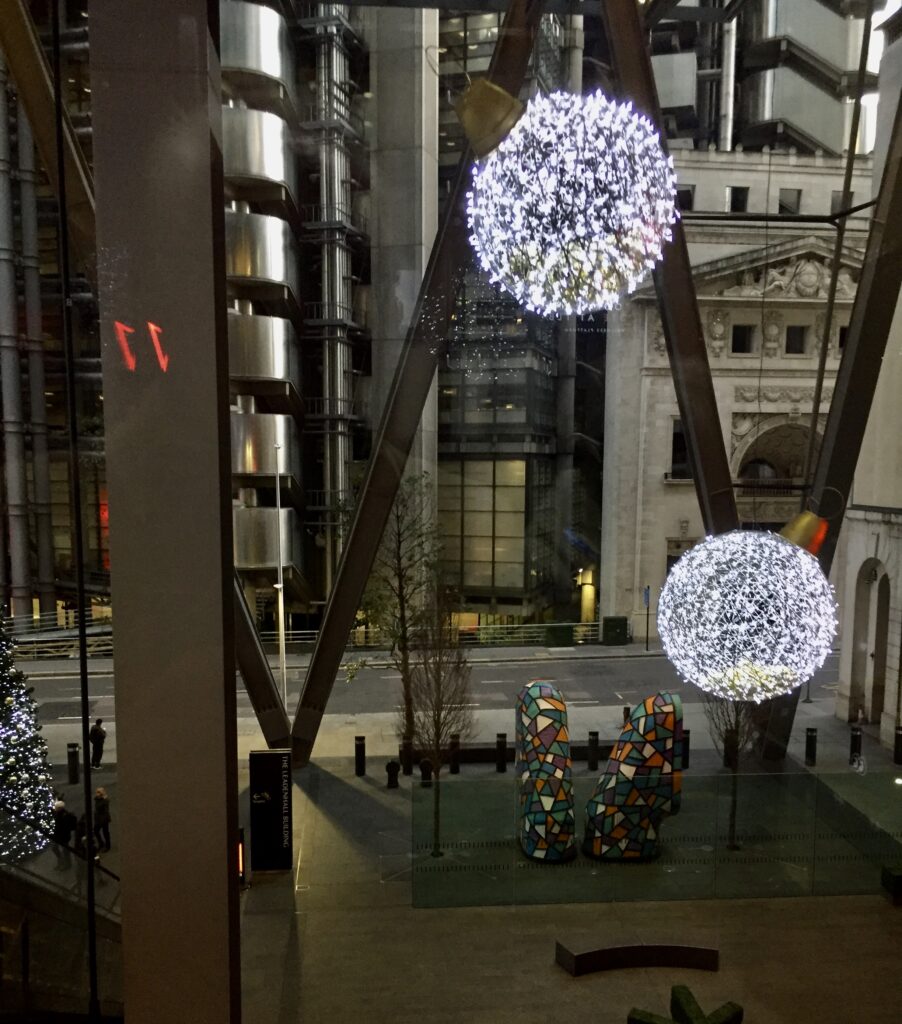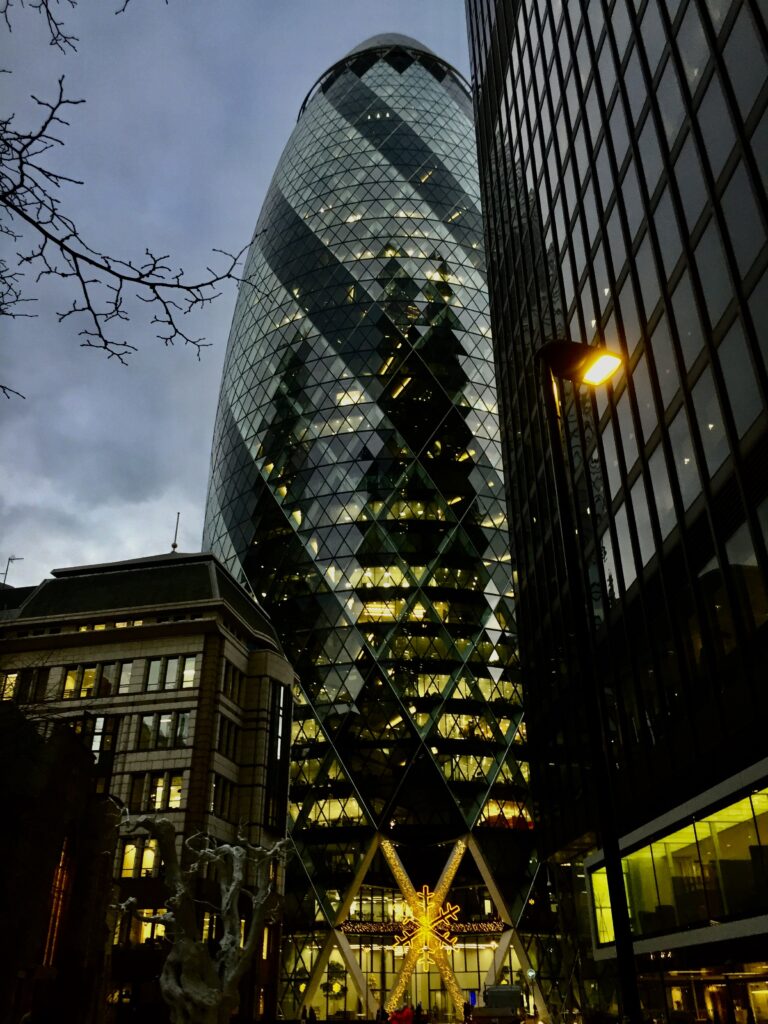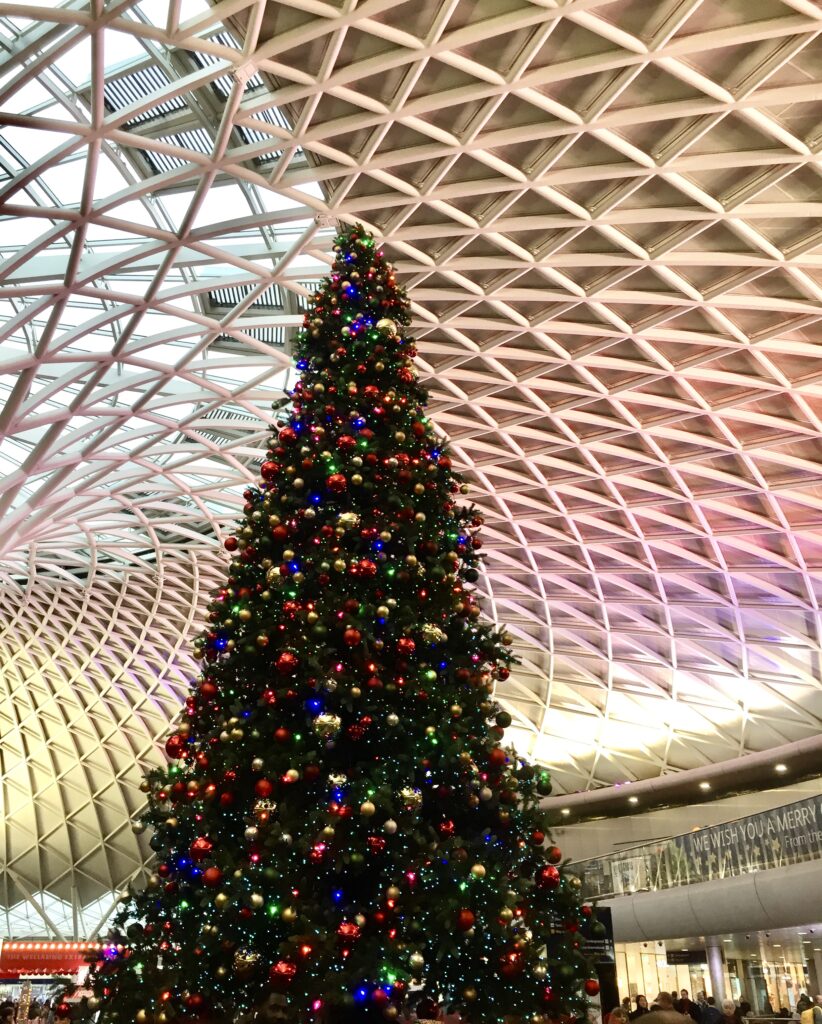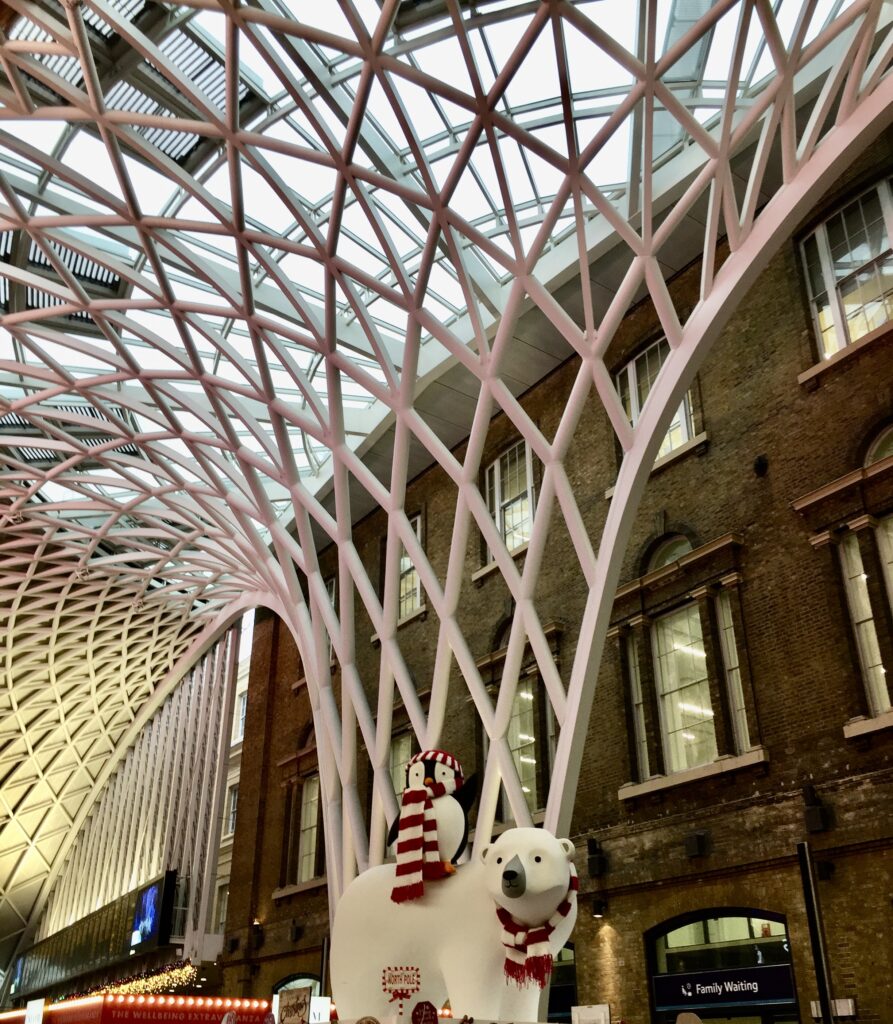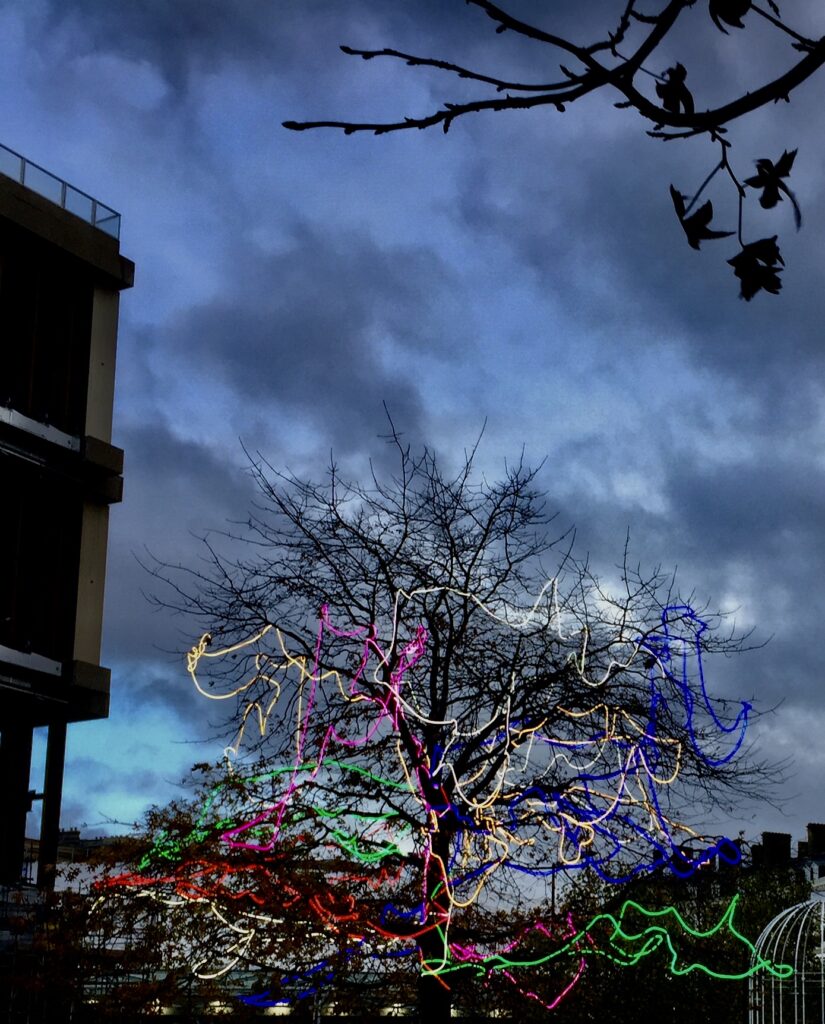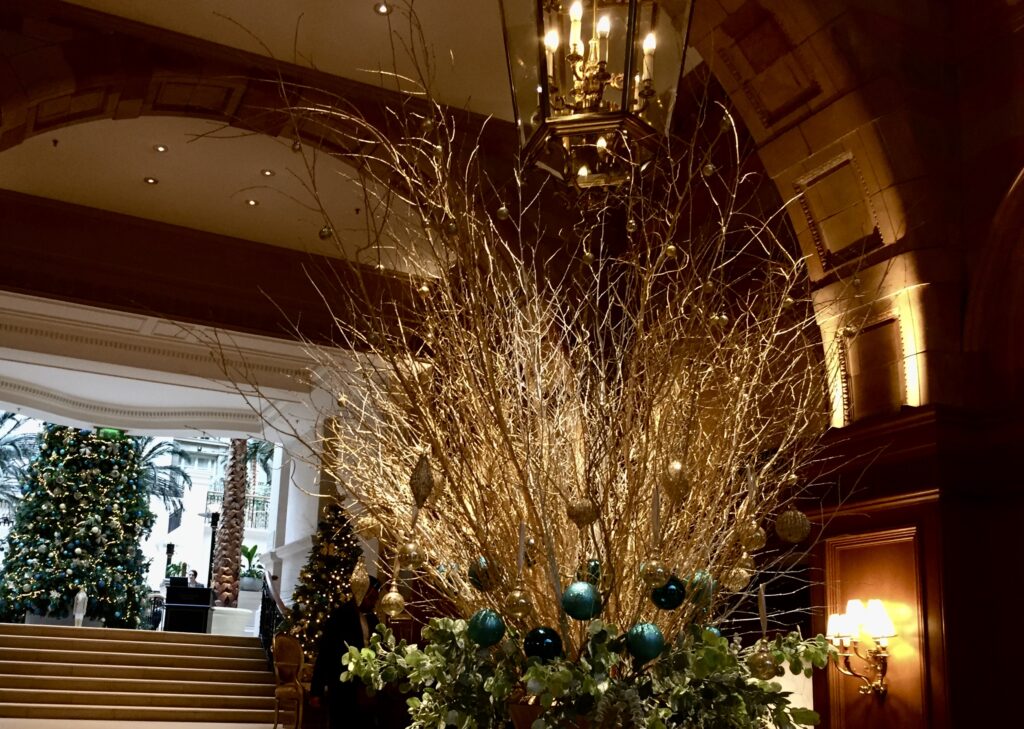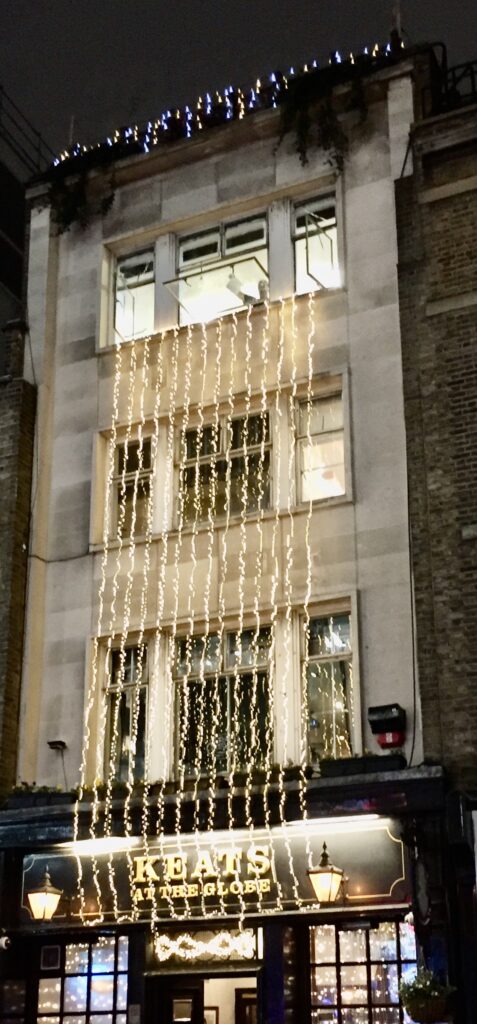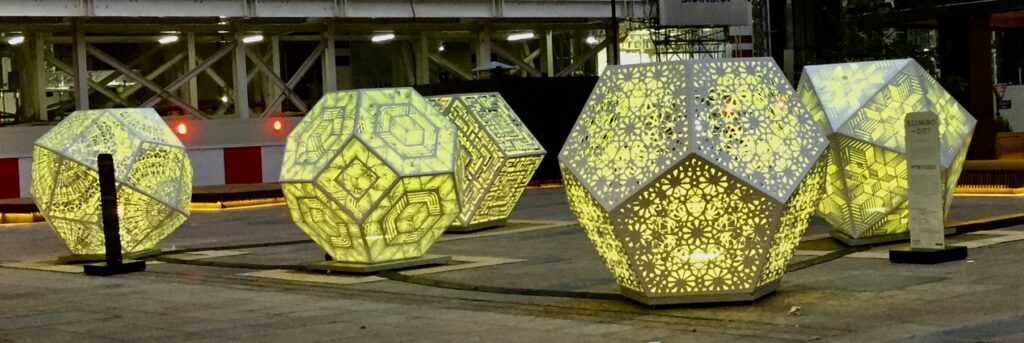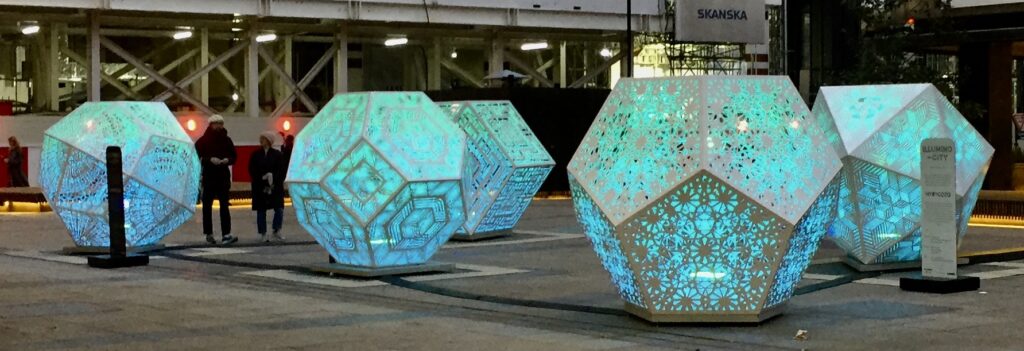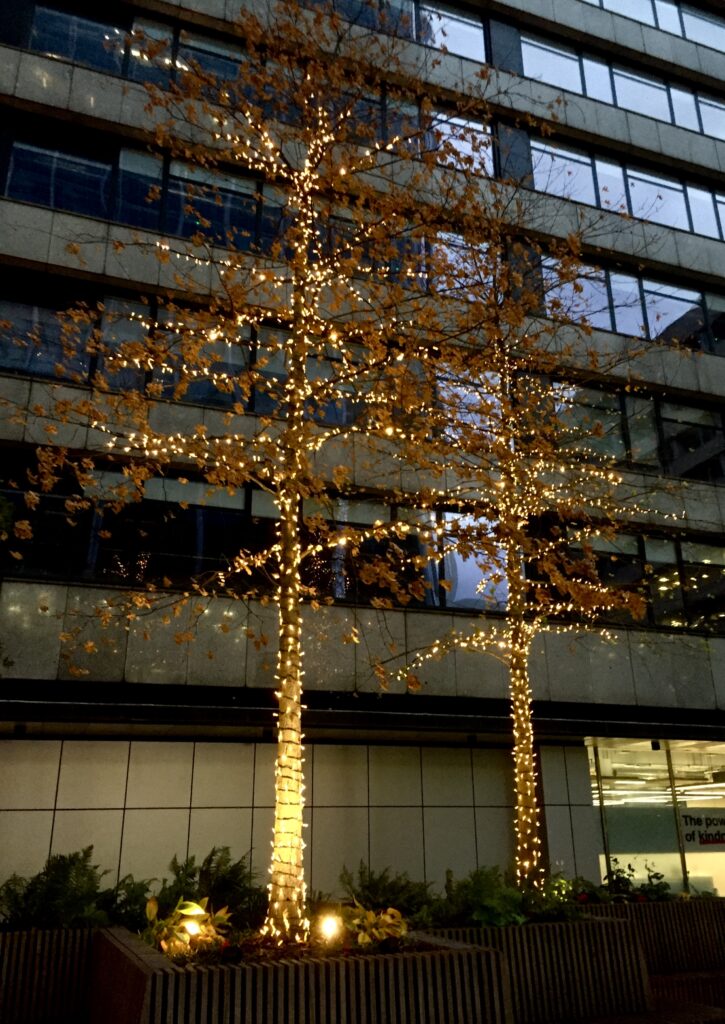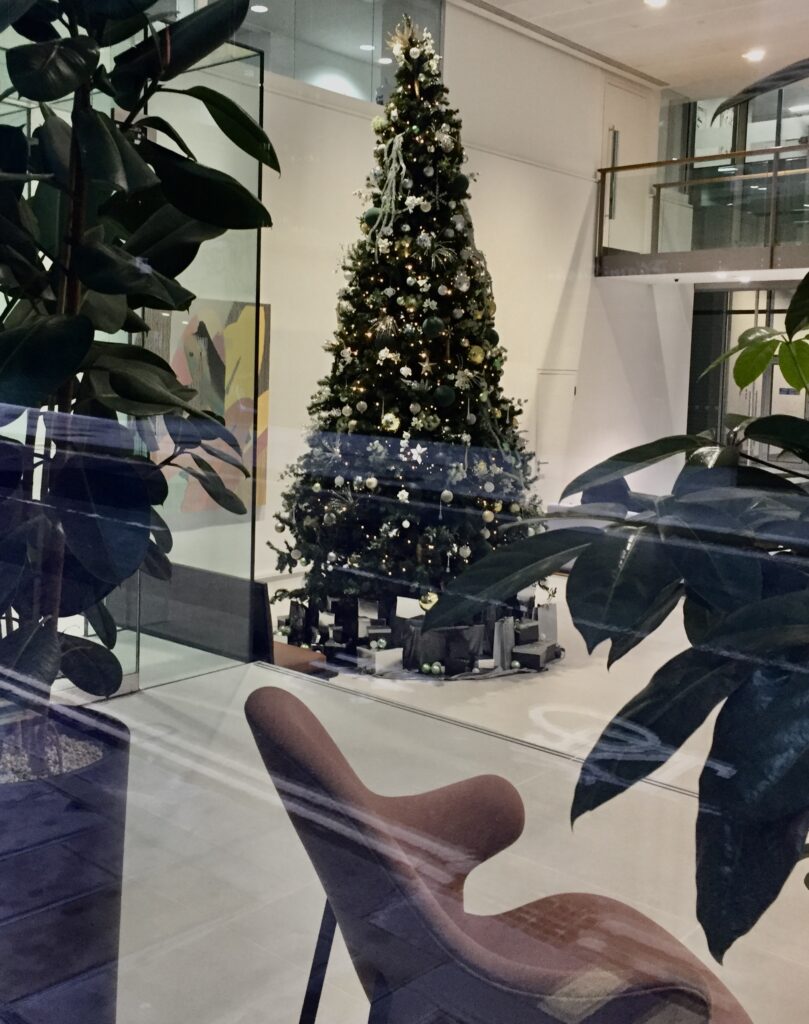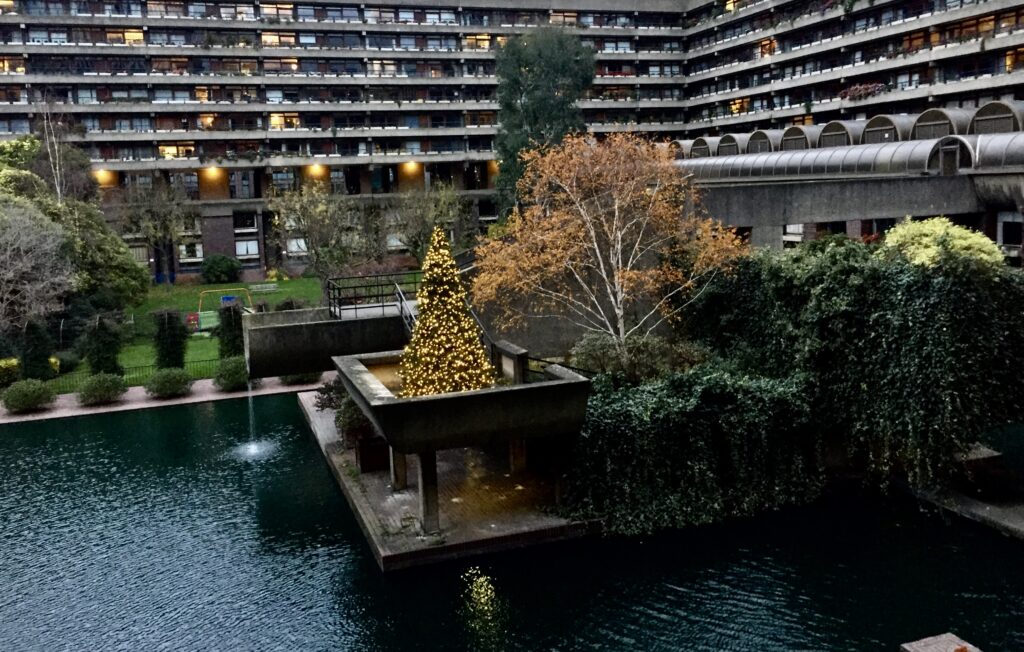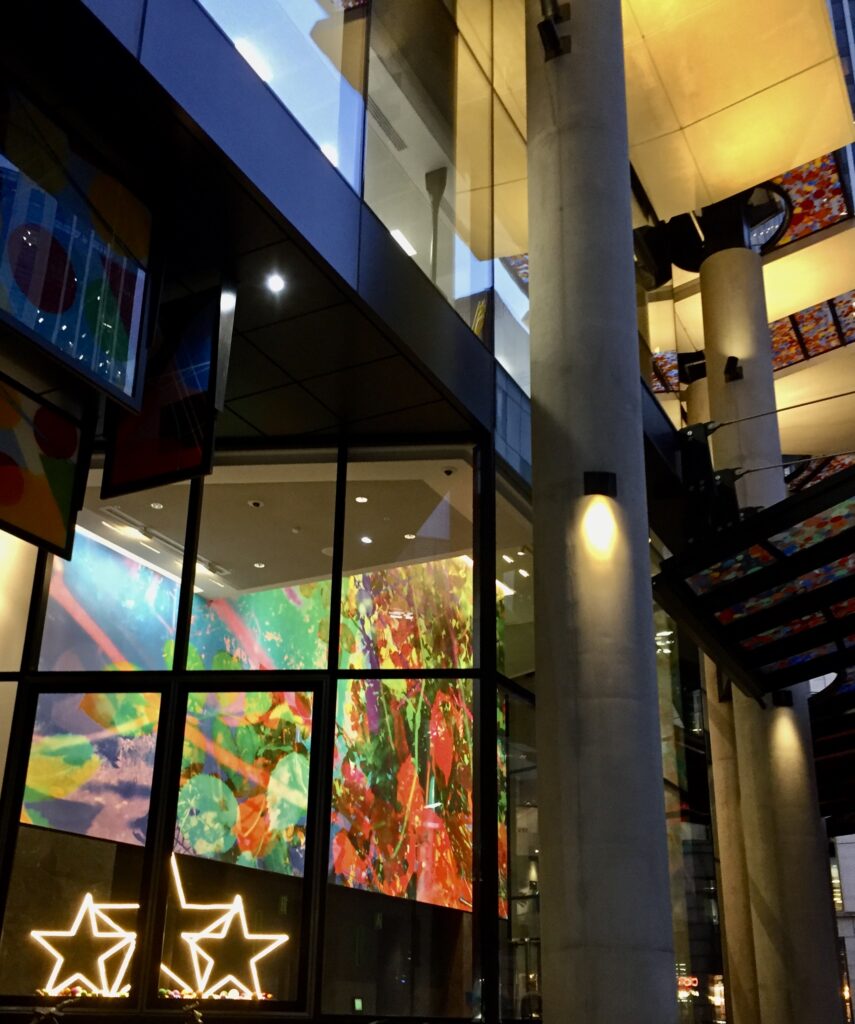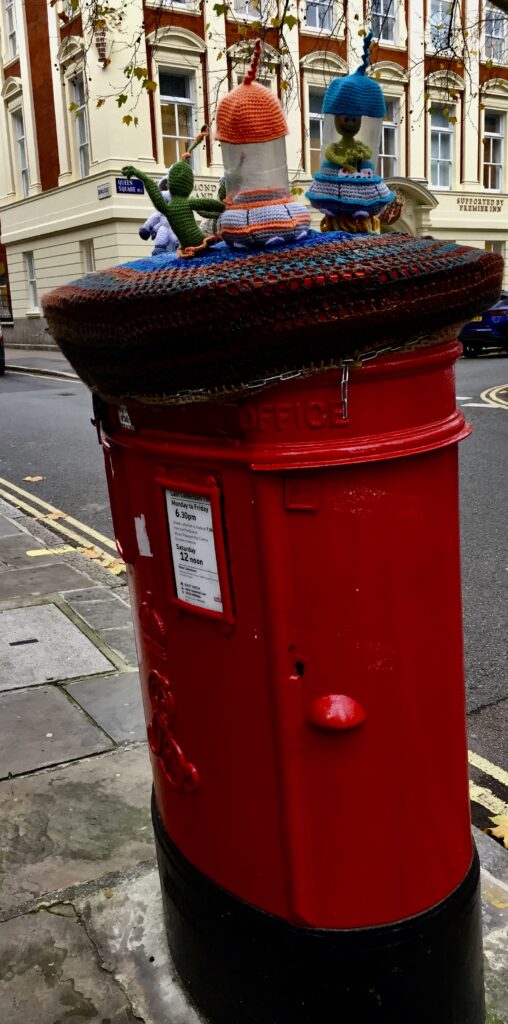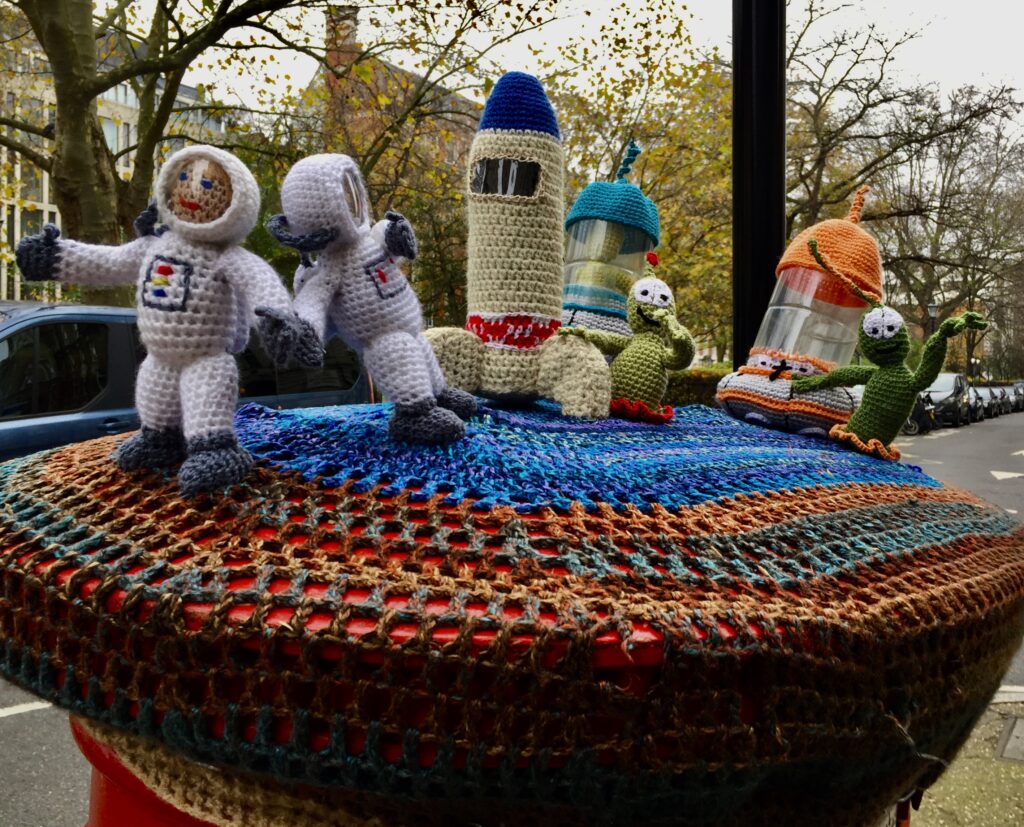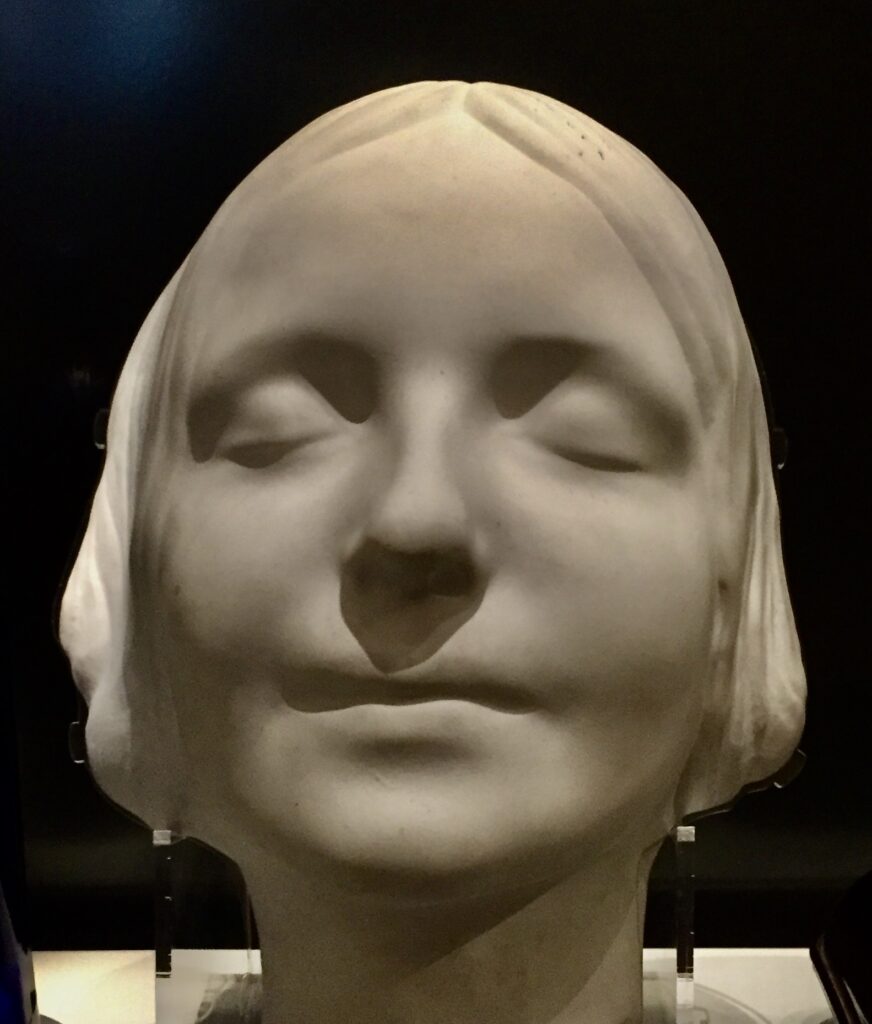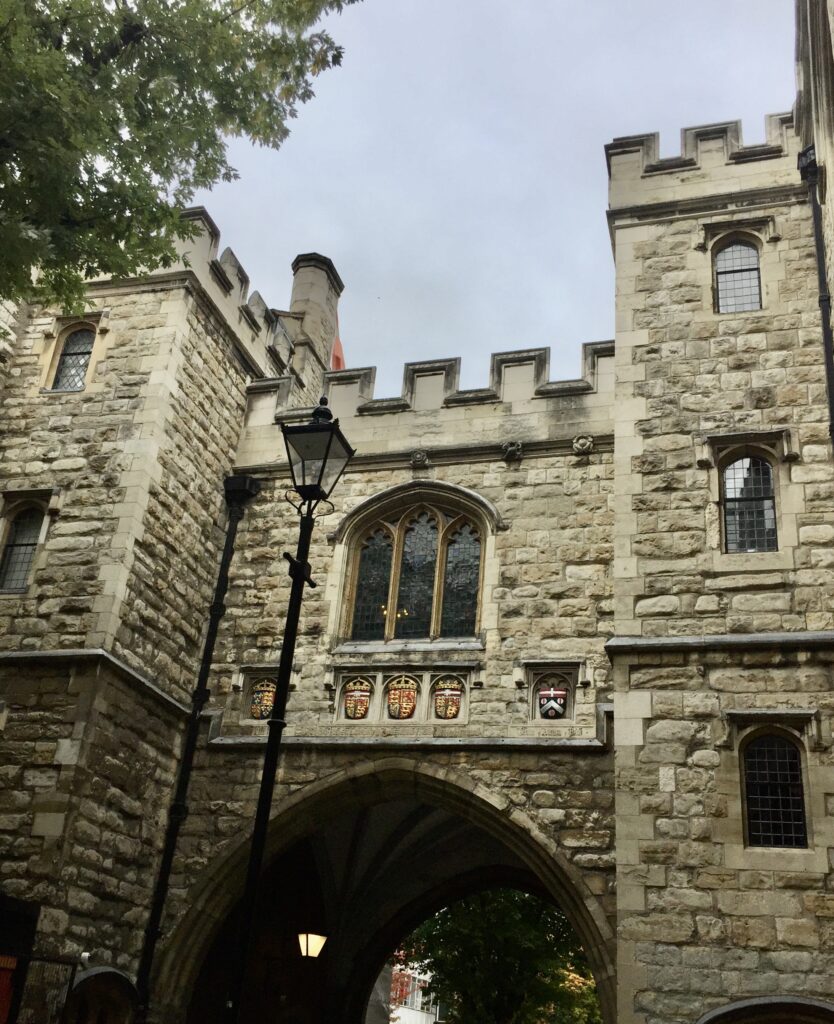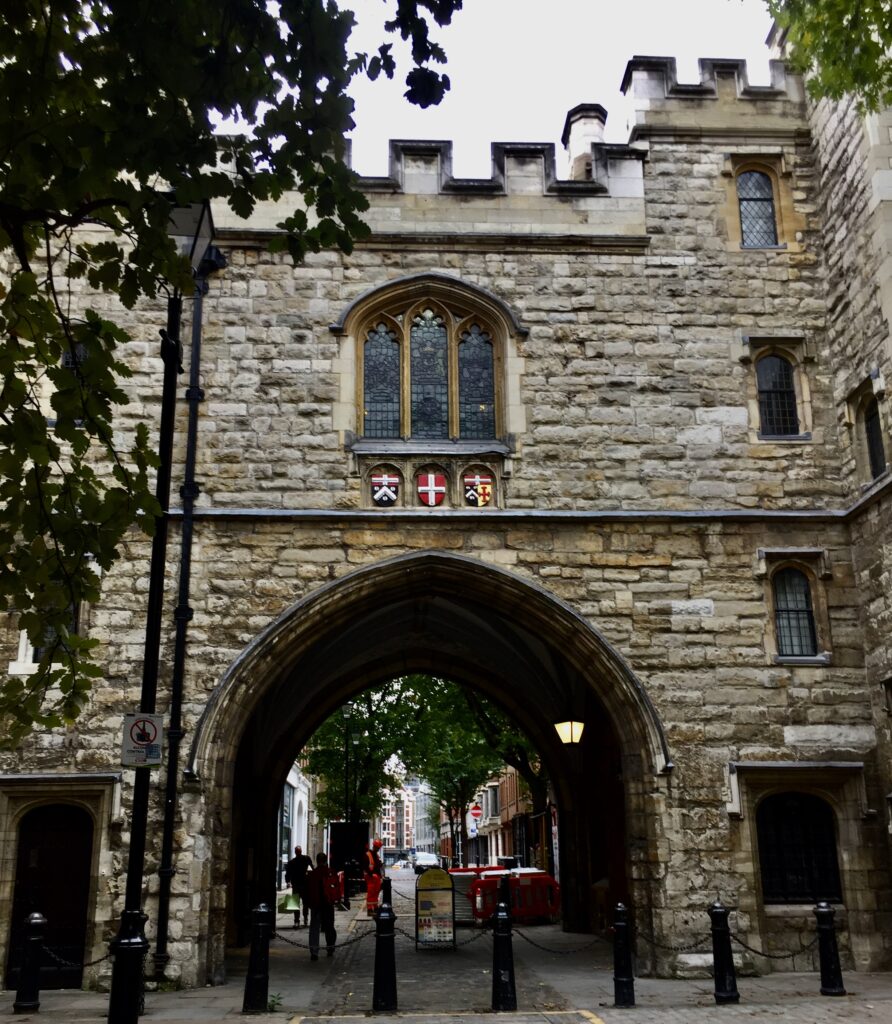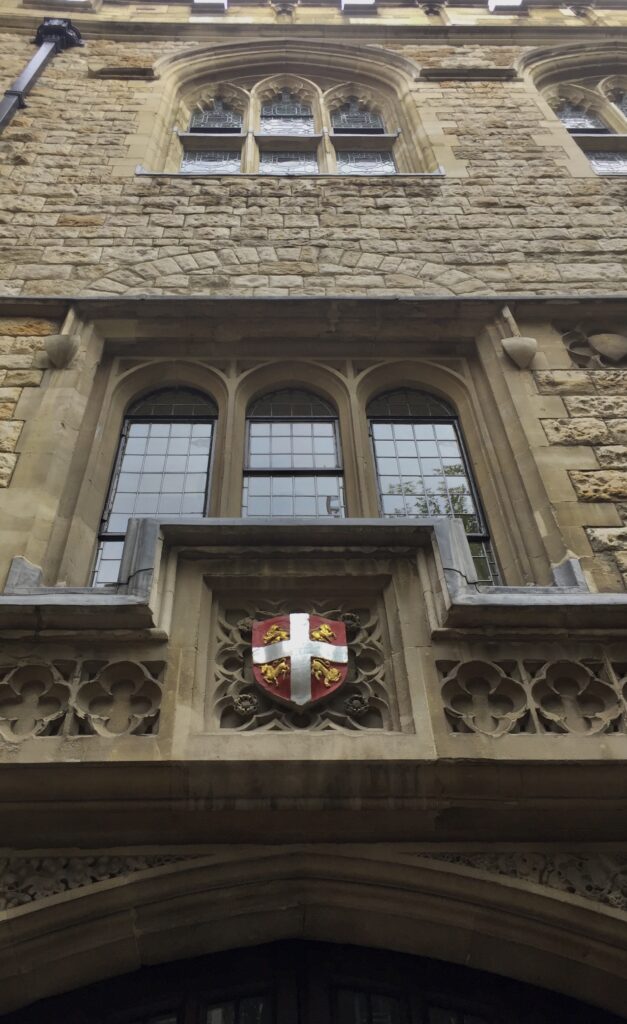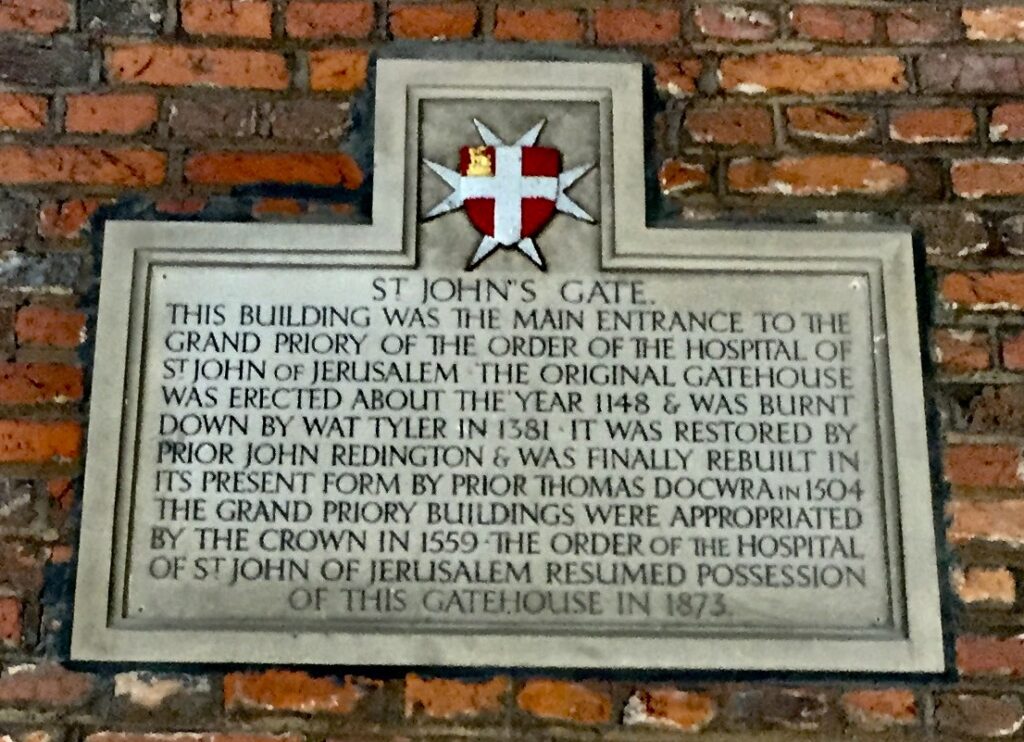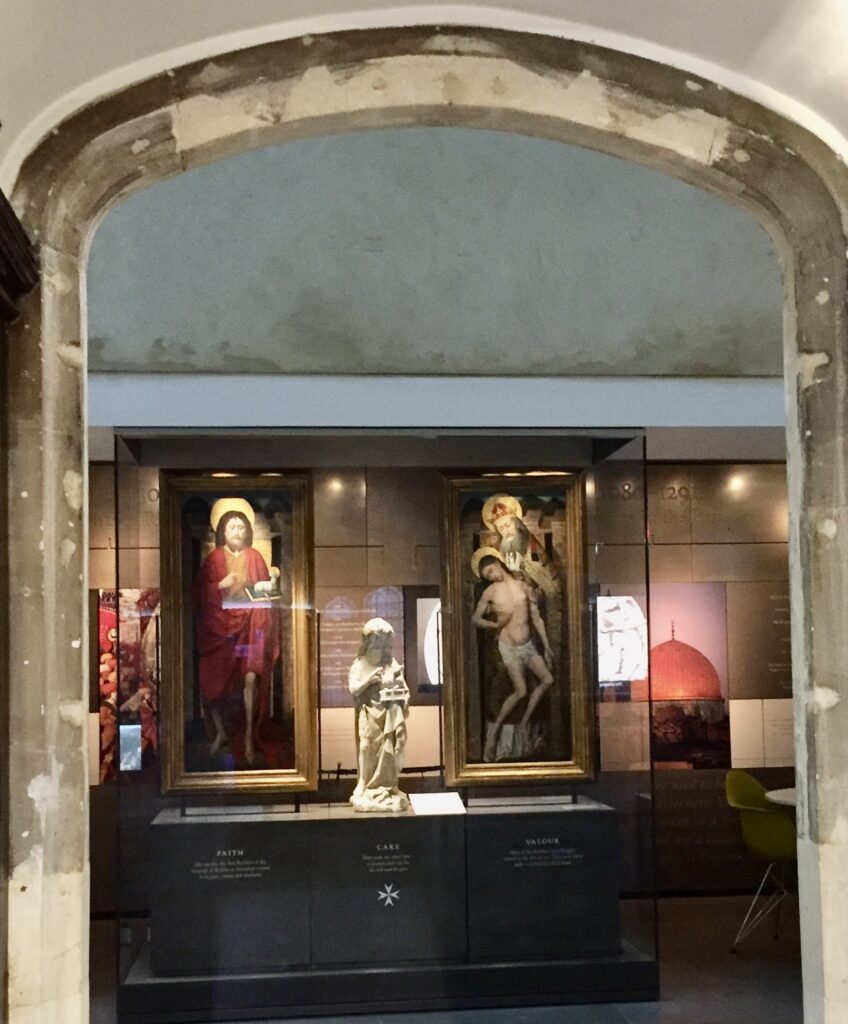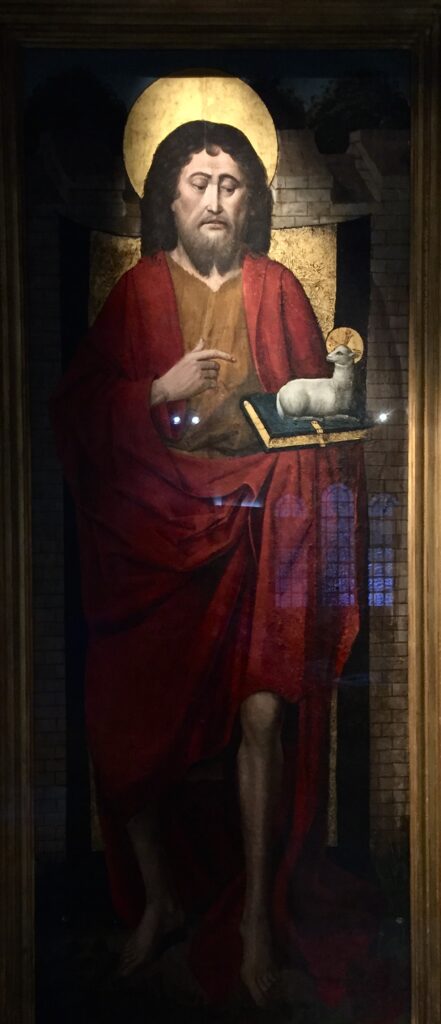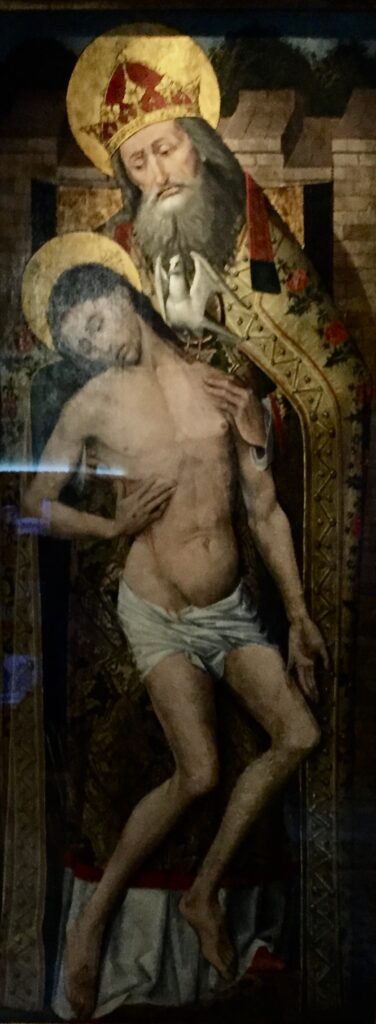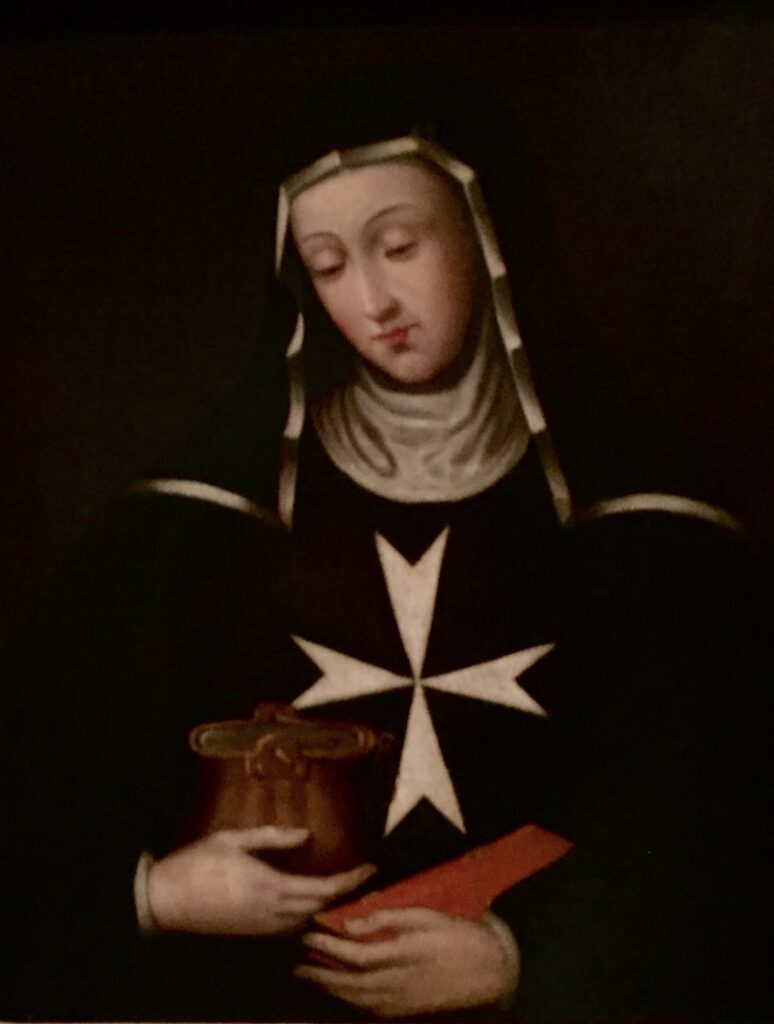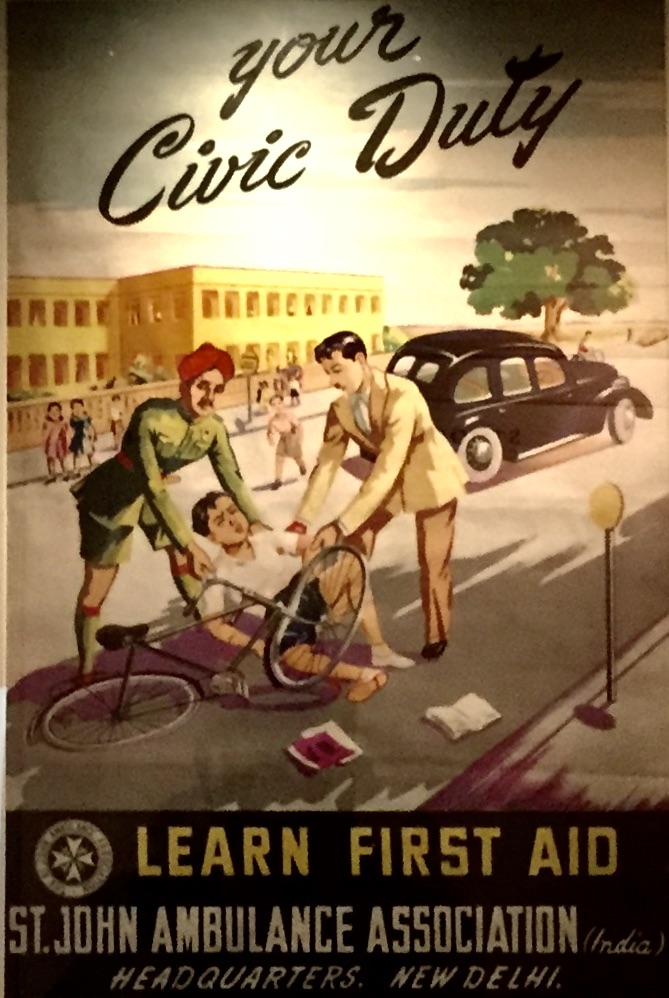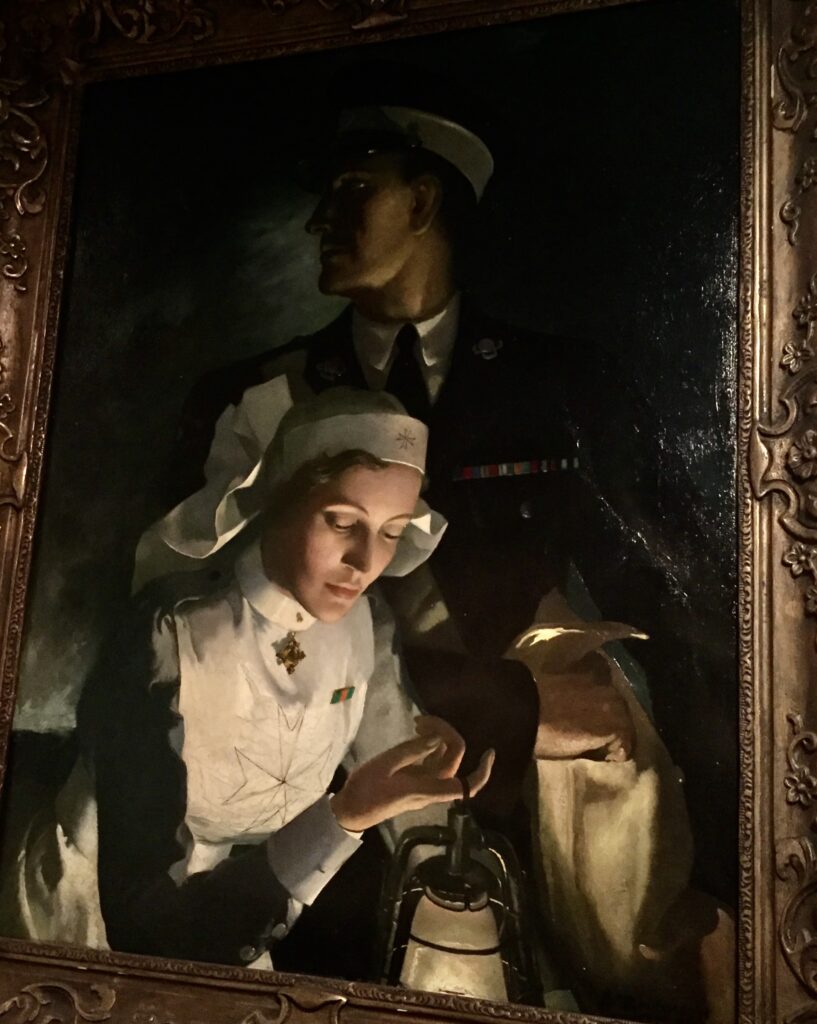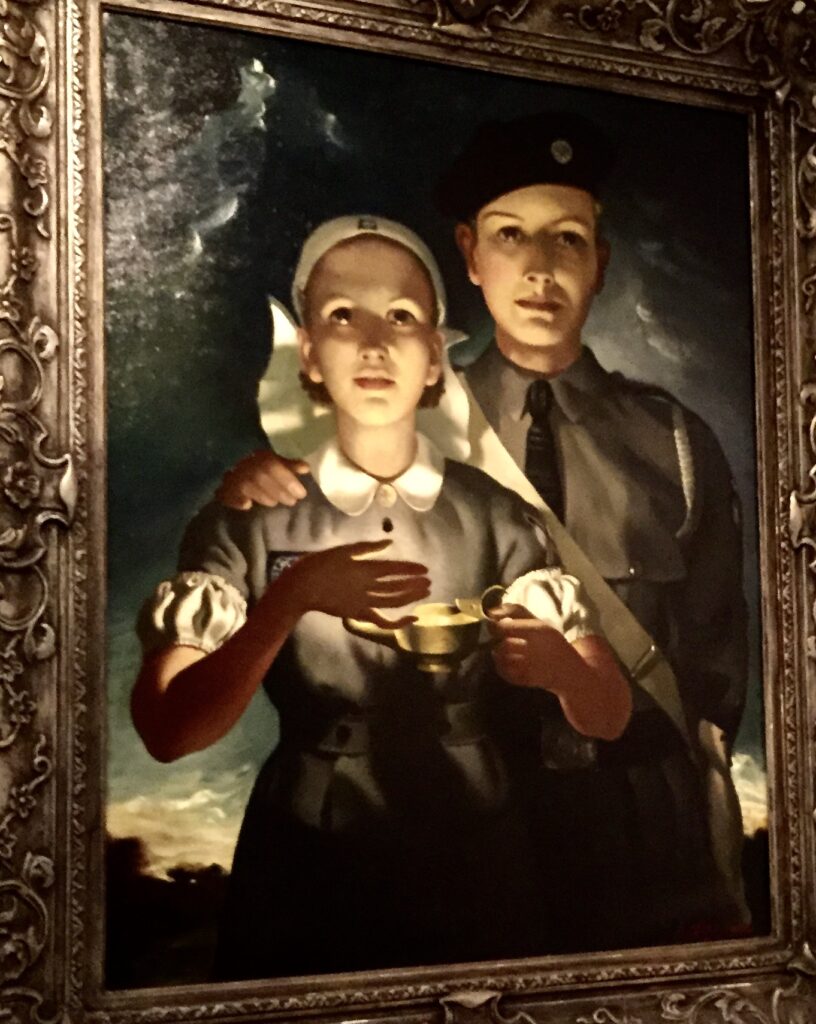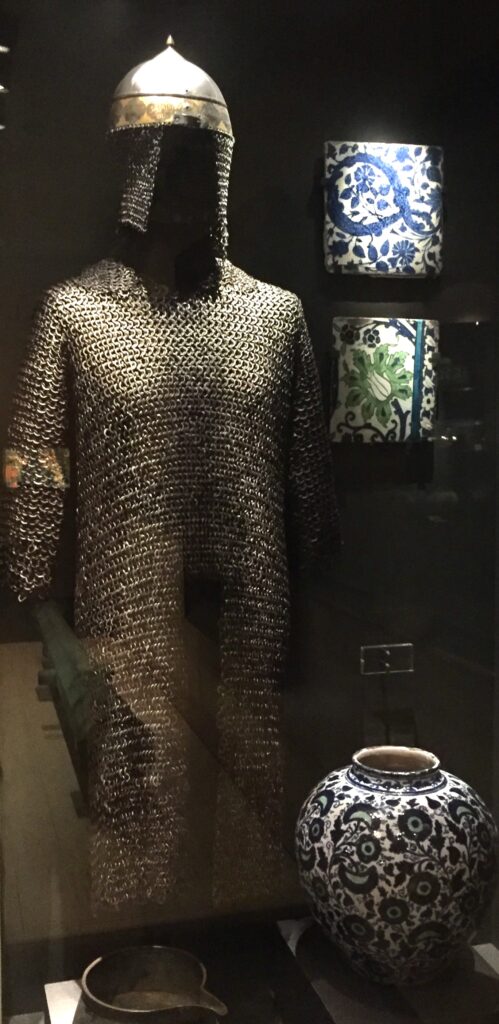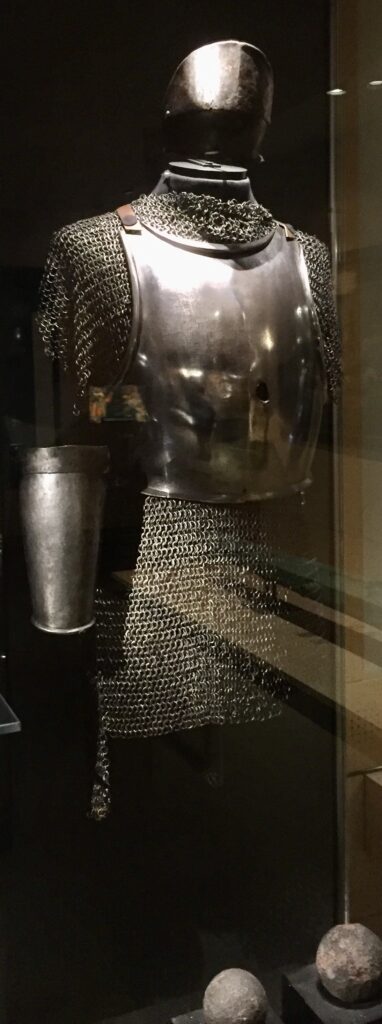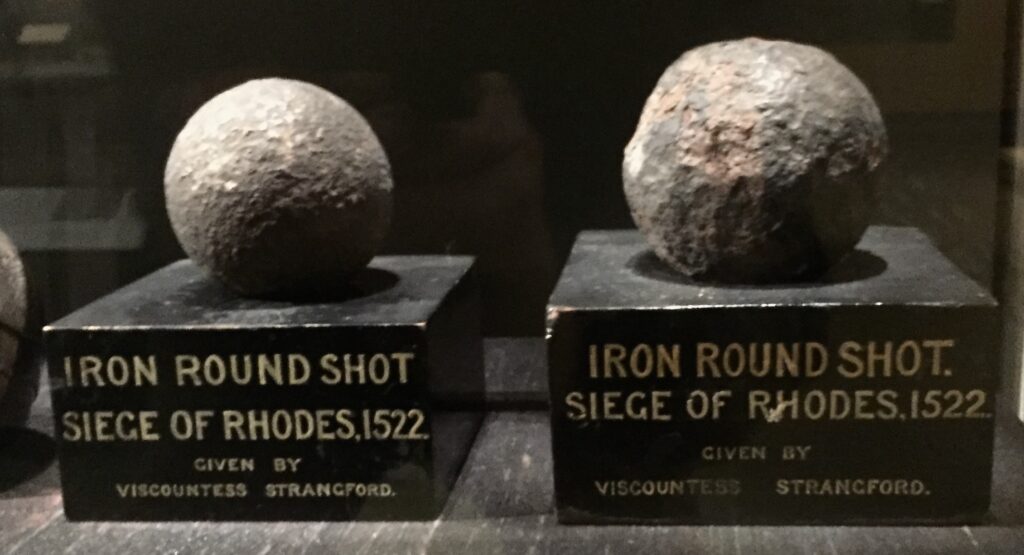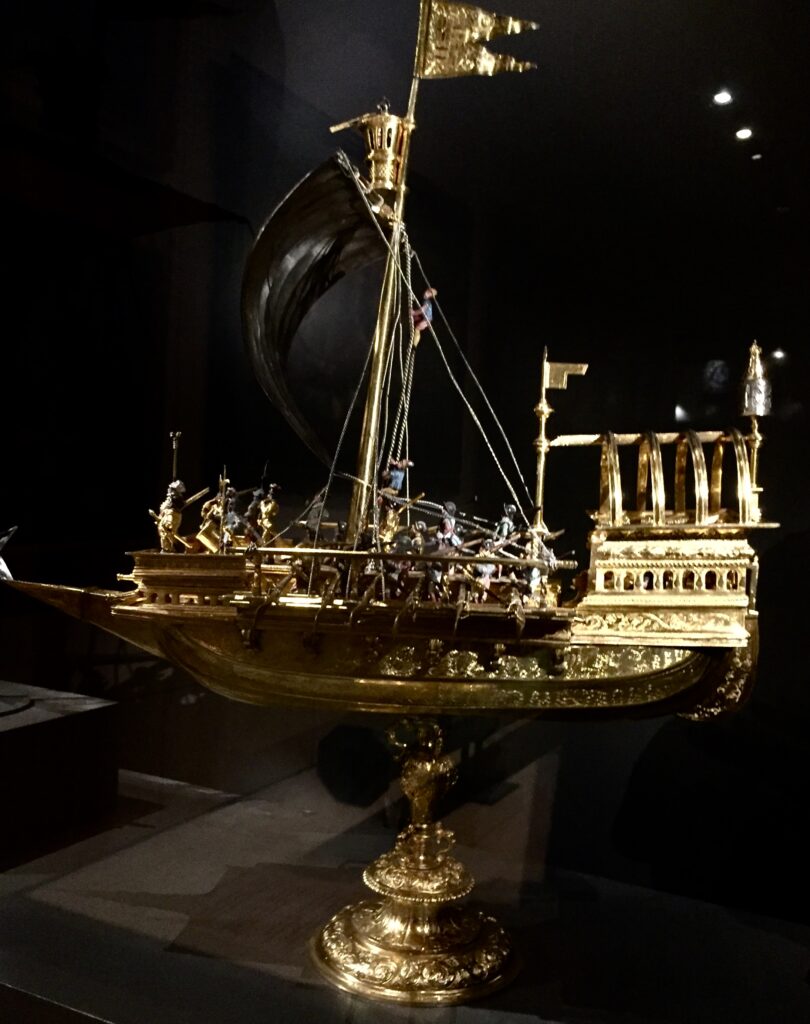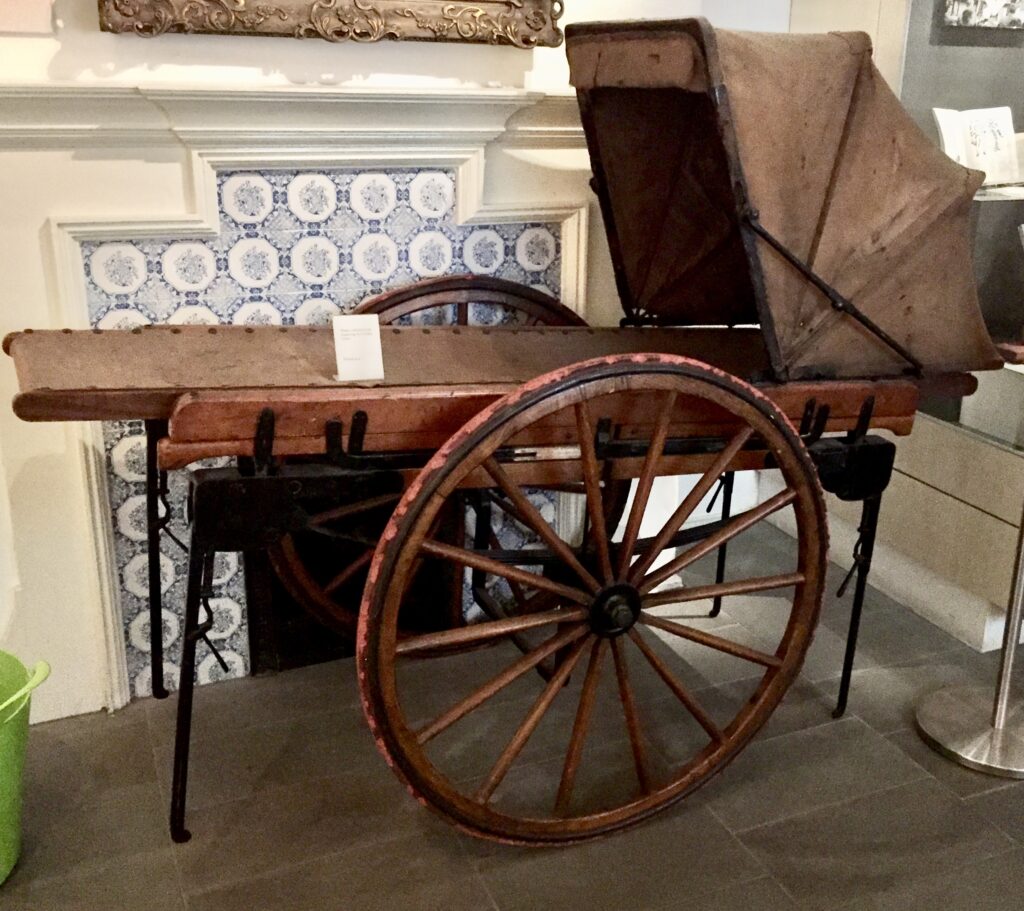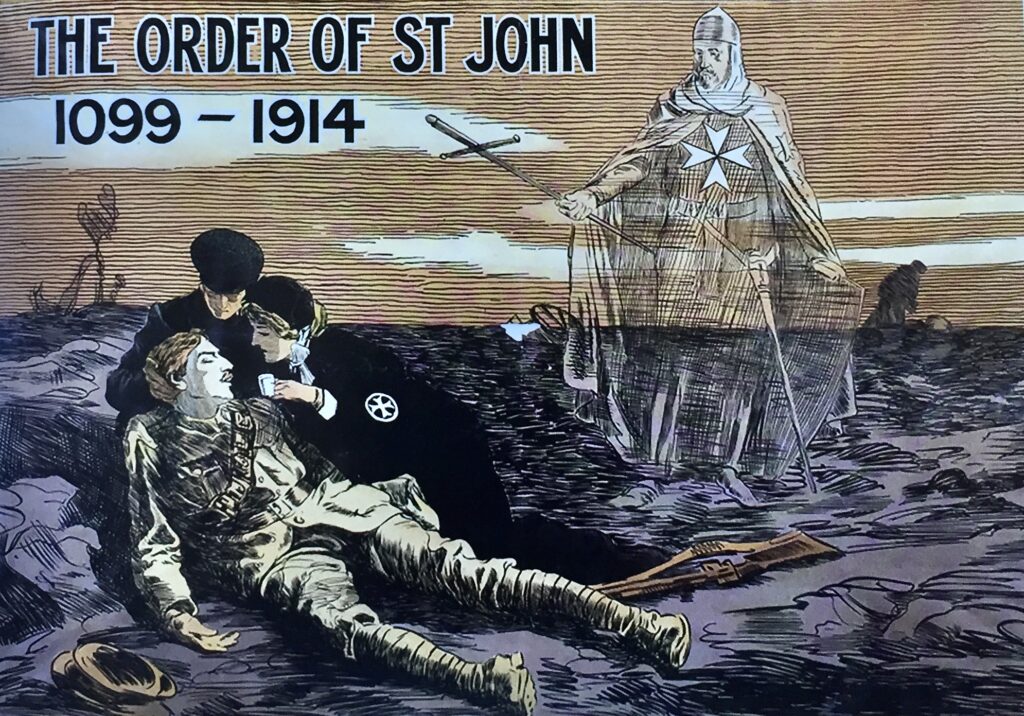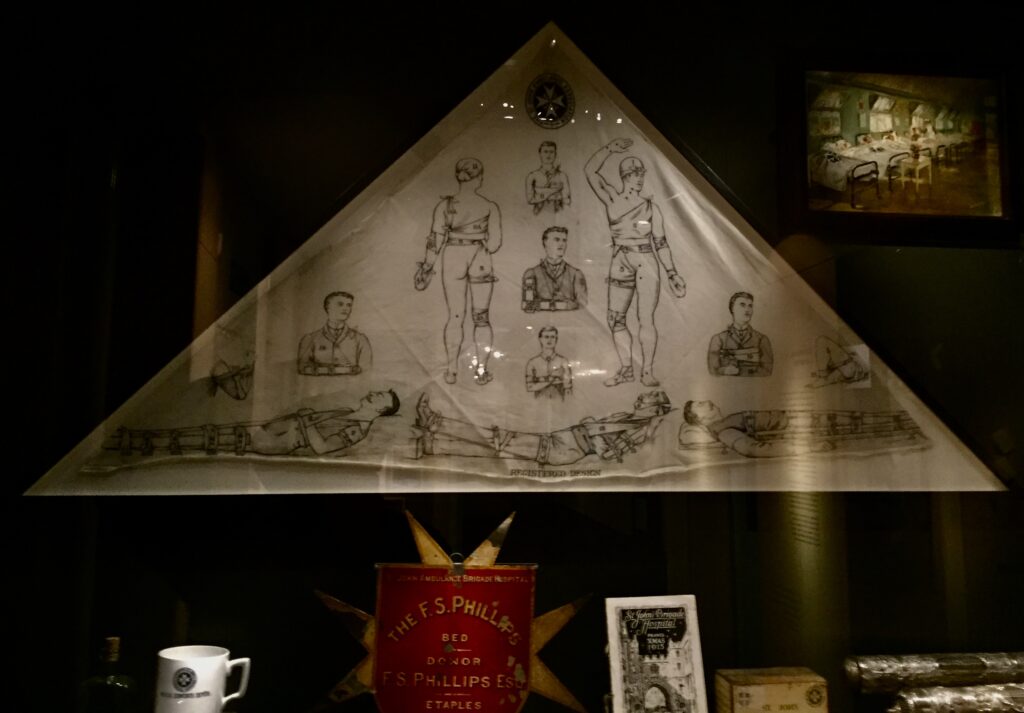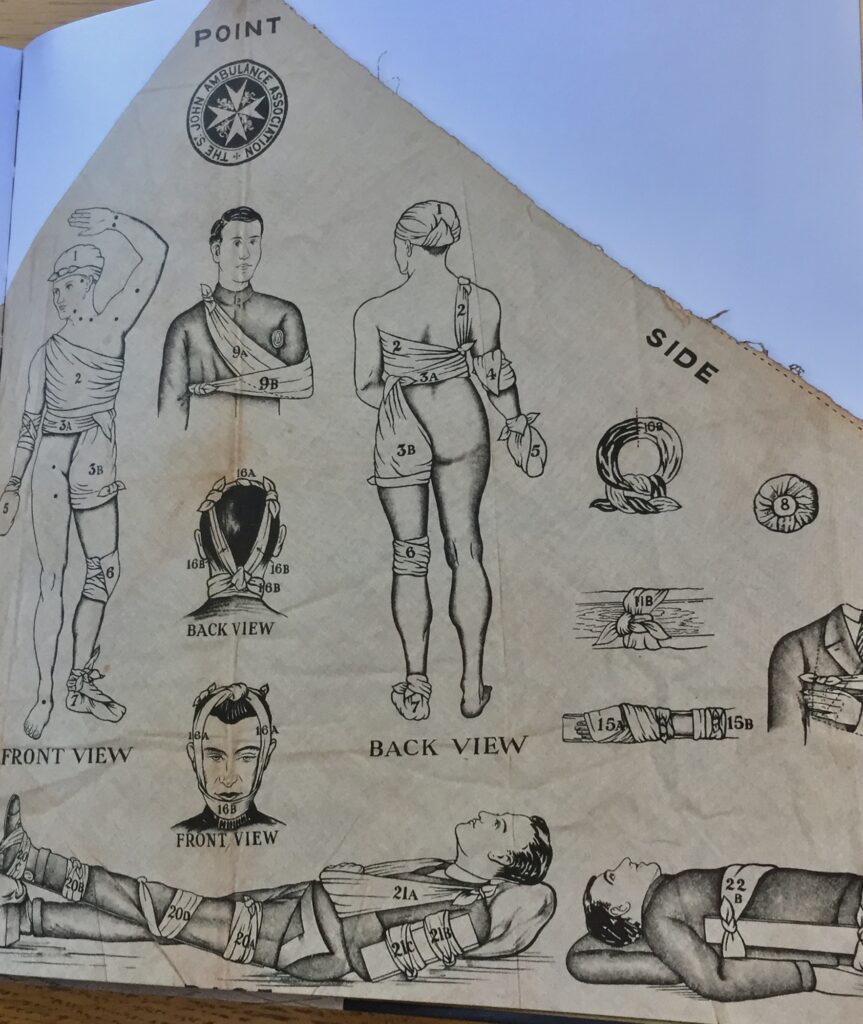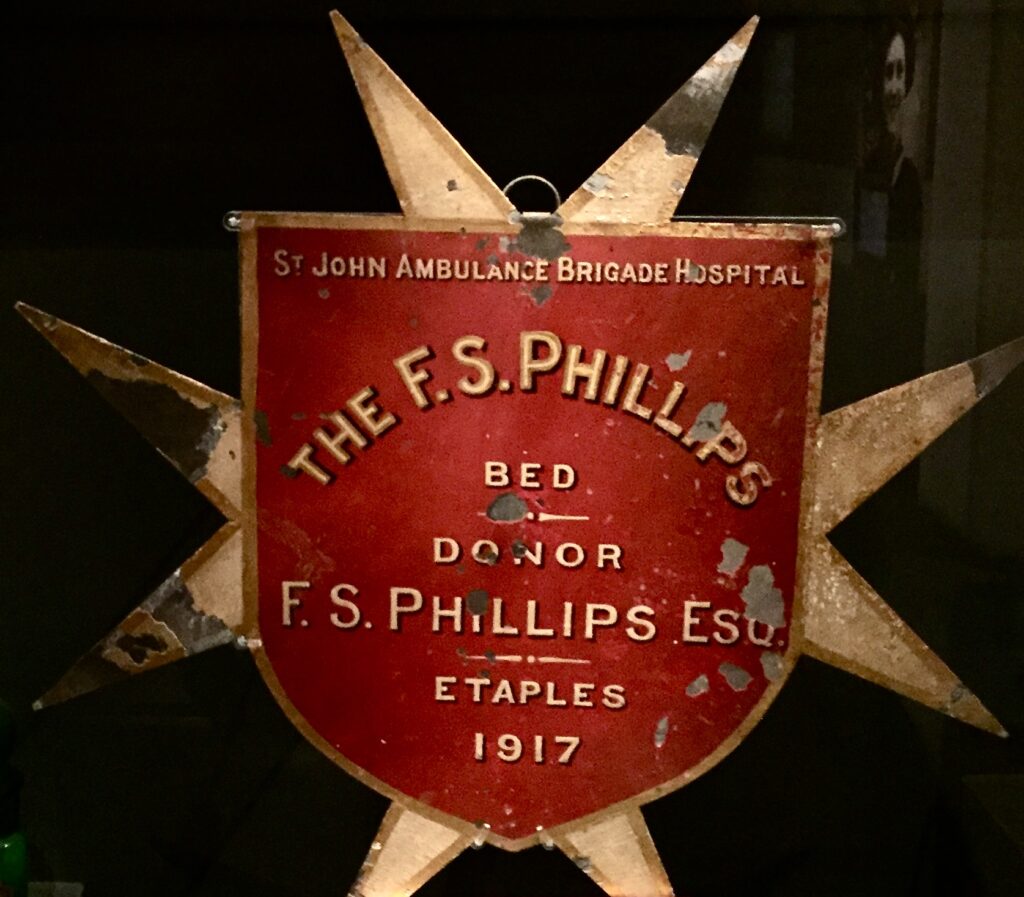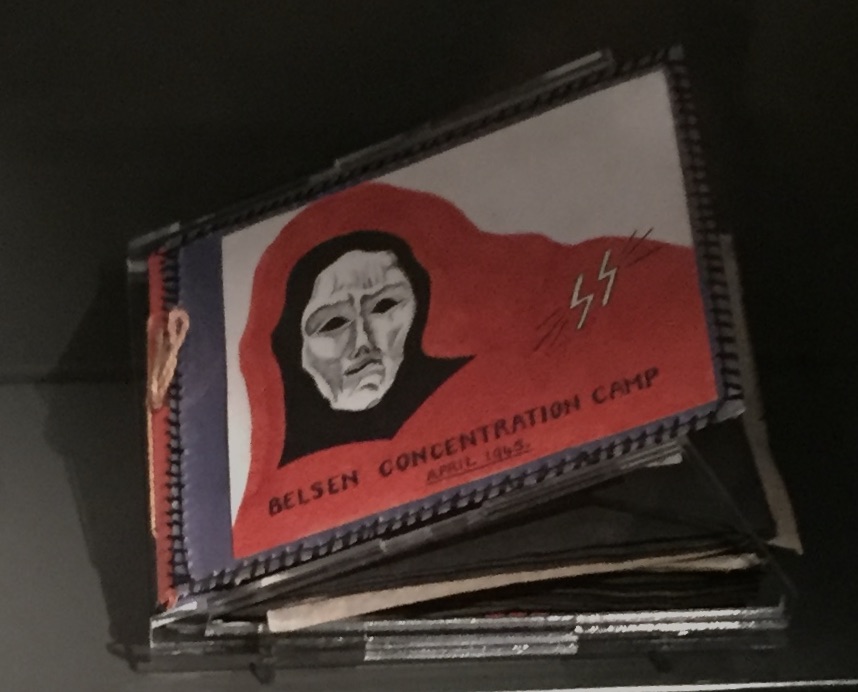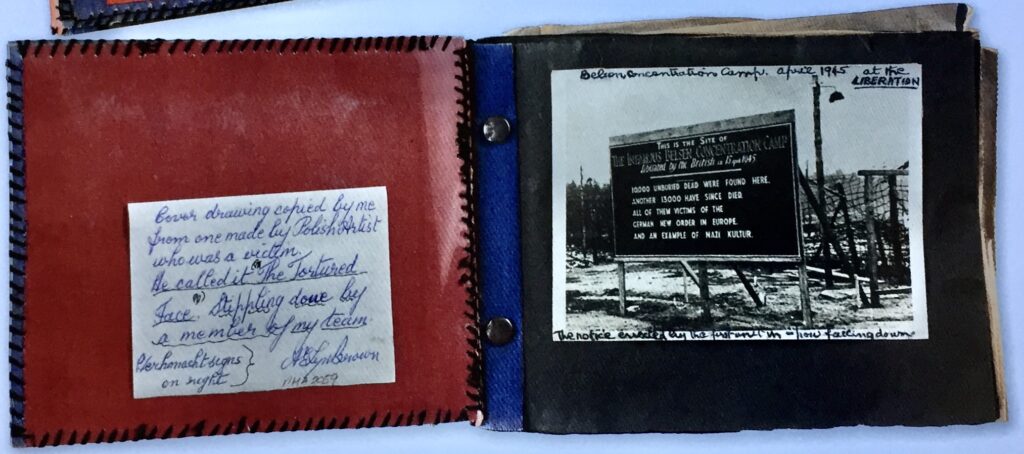To start with I lingered among the street-food stalls that appear every weekday and seem to do a roaring trade now that City workers are back (even though many of them only come in Tuesdays to Thursdays).
My favourite stand …
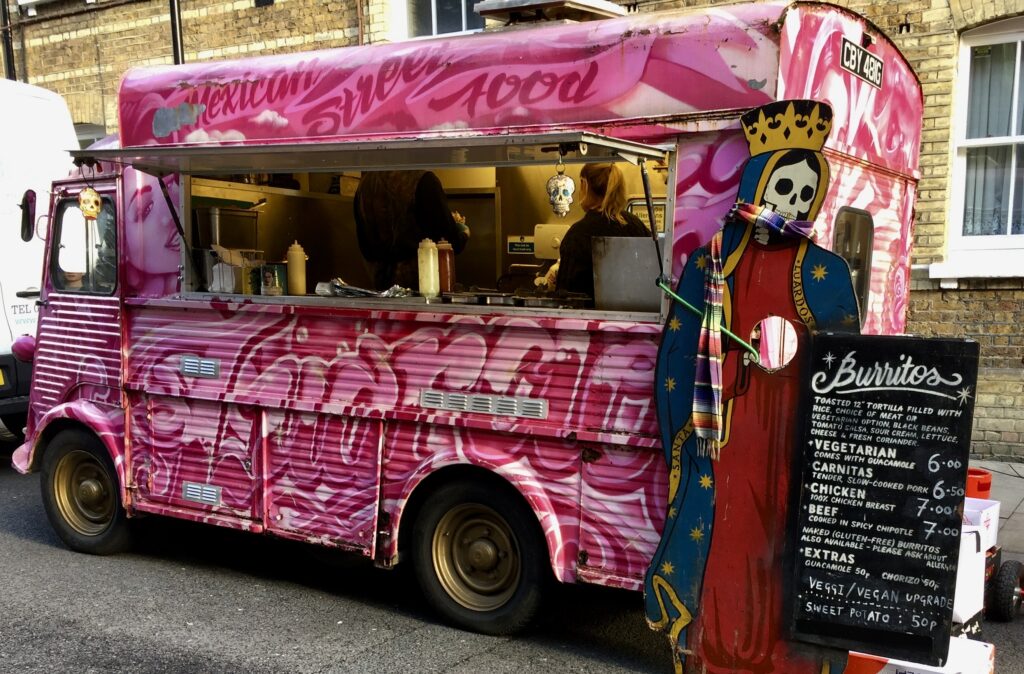
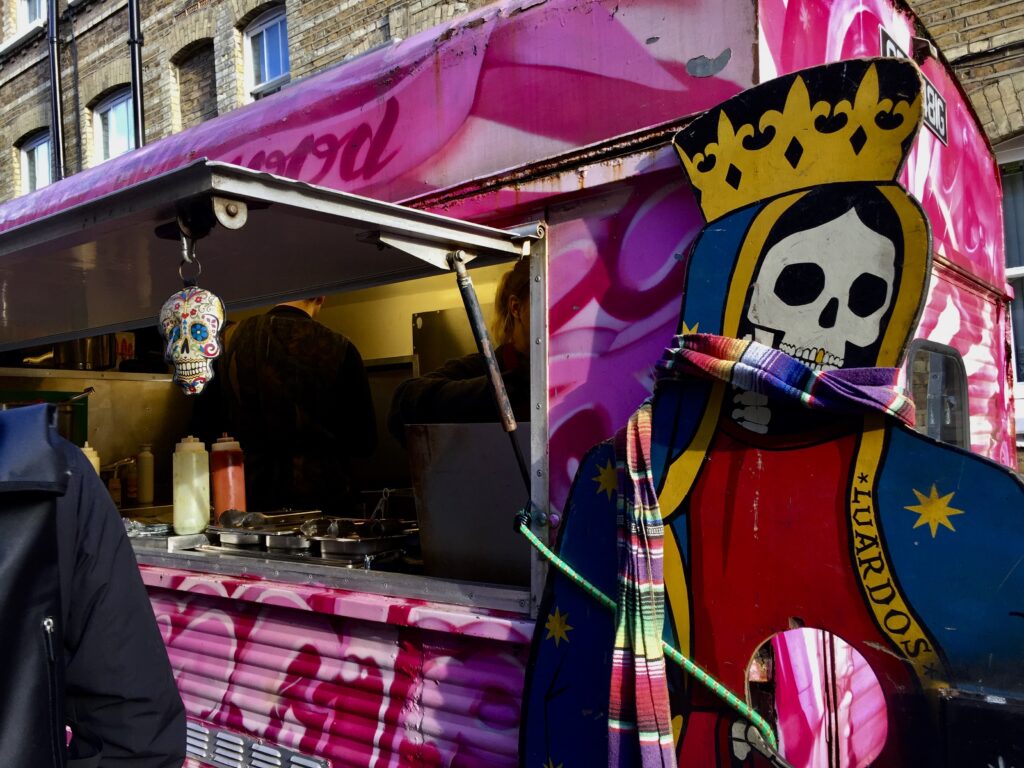
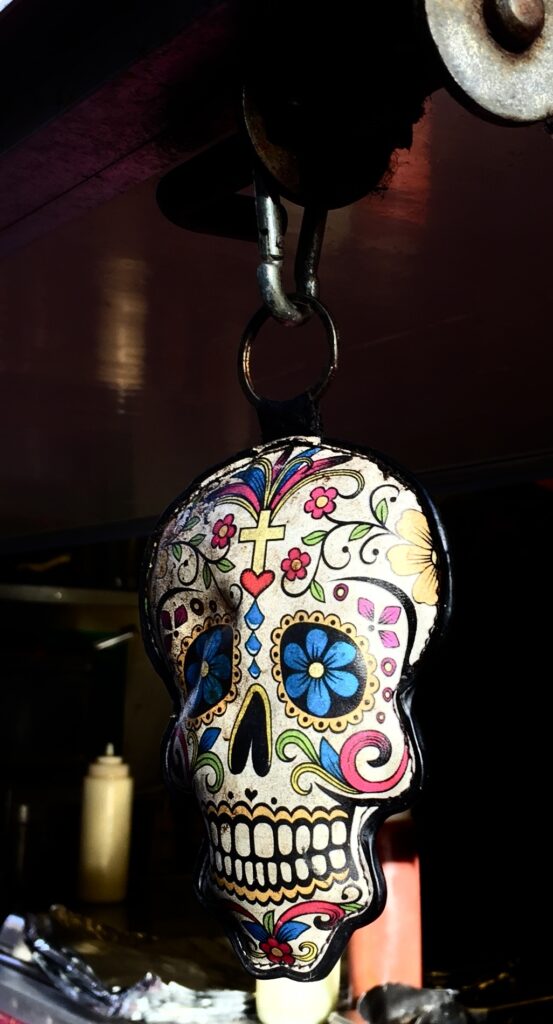
Lots more to choose from …
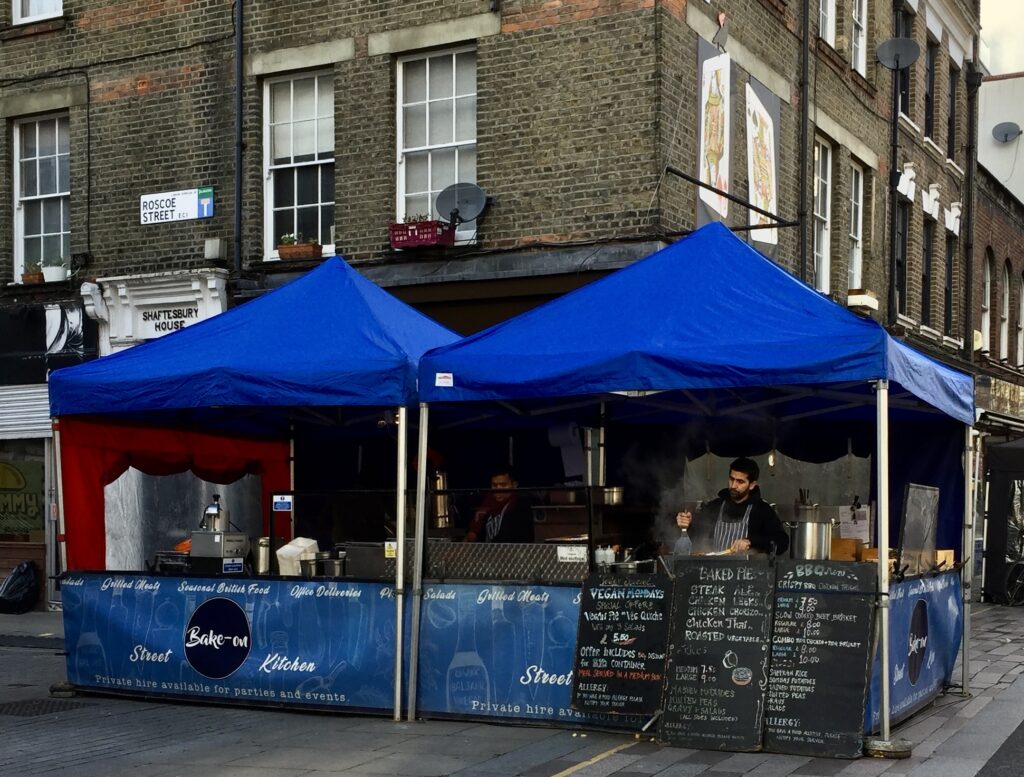


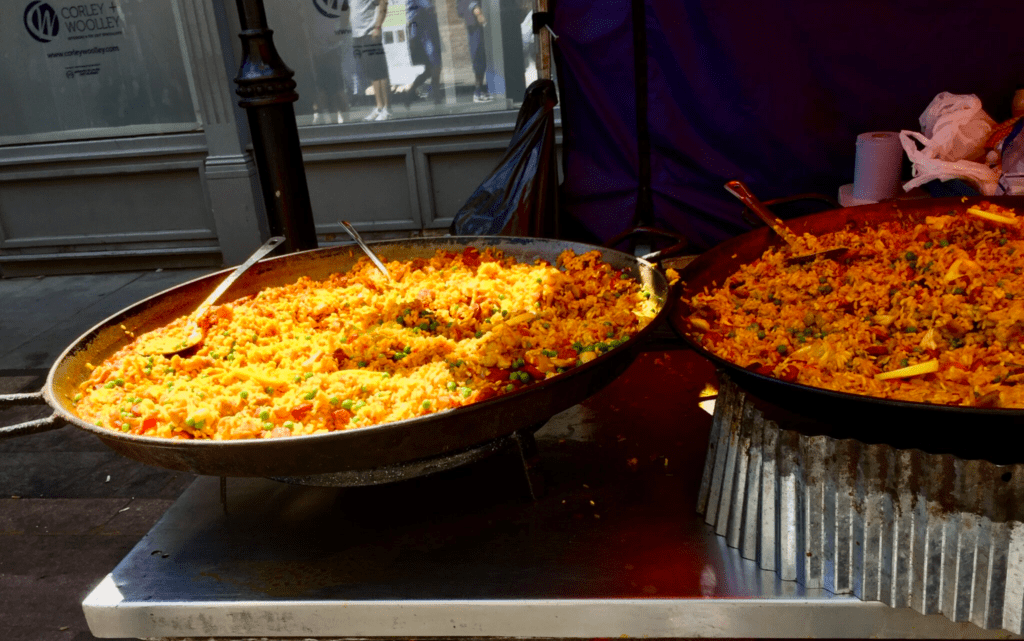
Some are award winners!

Spring by Jimmy C – nice to see this mural without cars parked in front of it …
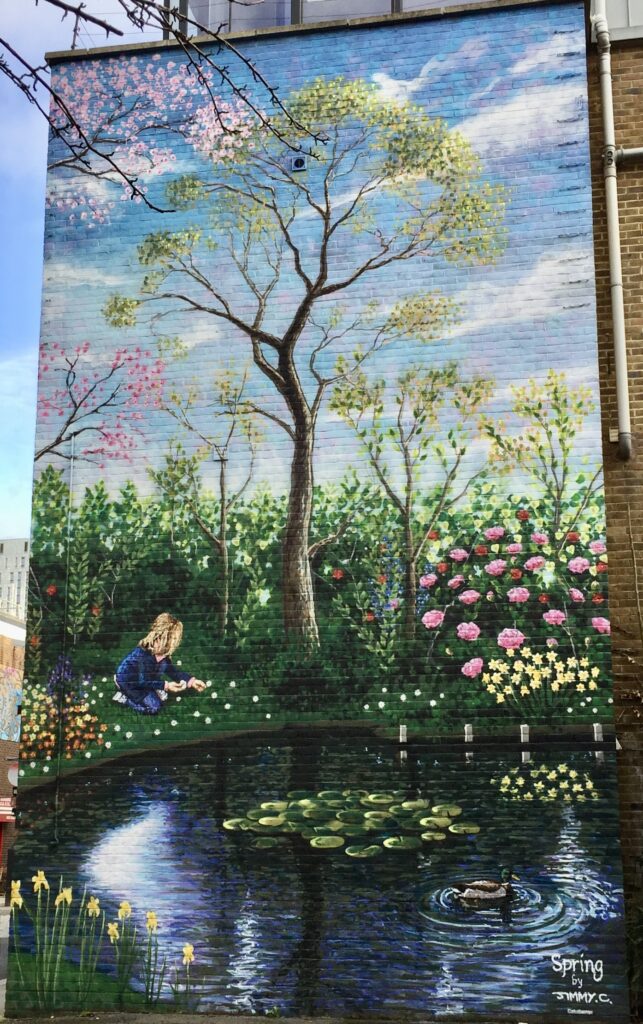
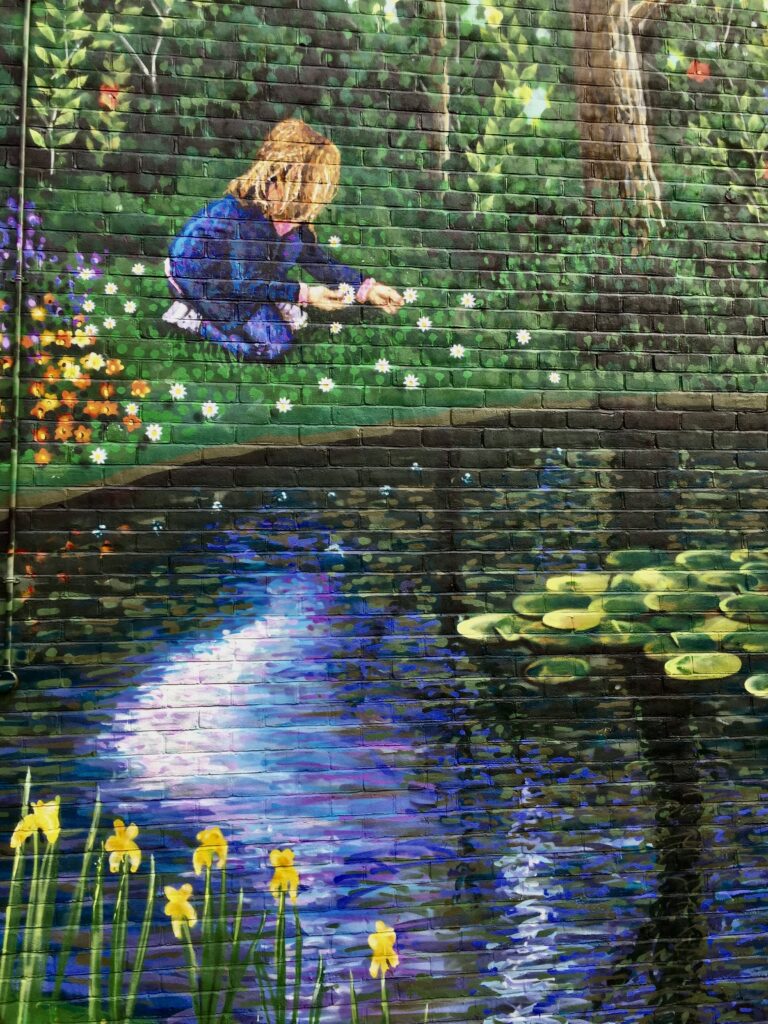
Miaow!
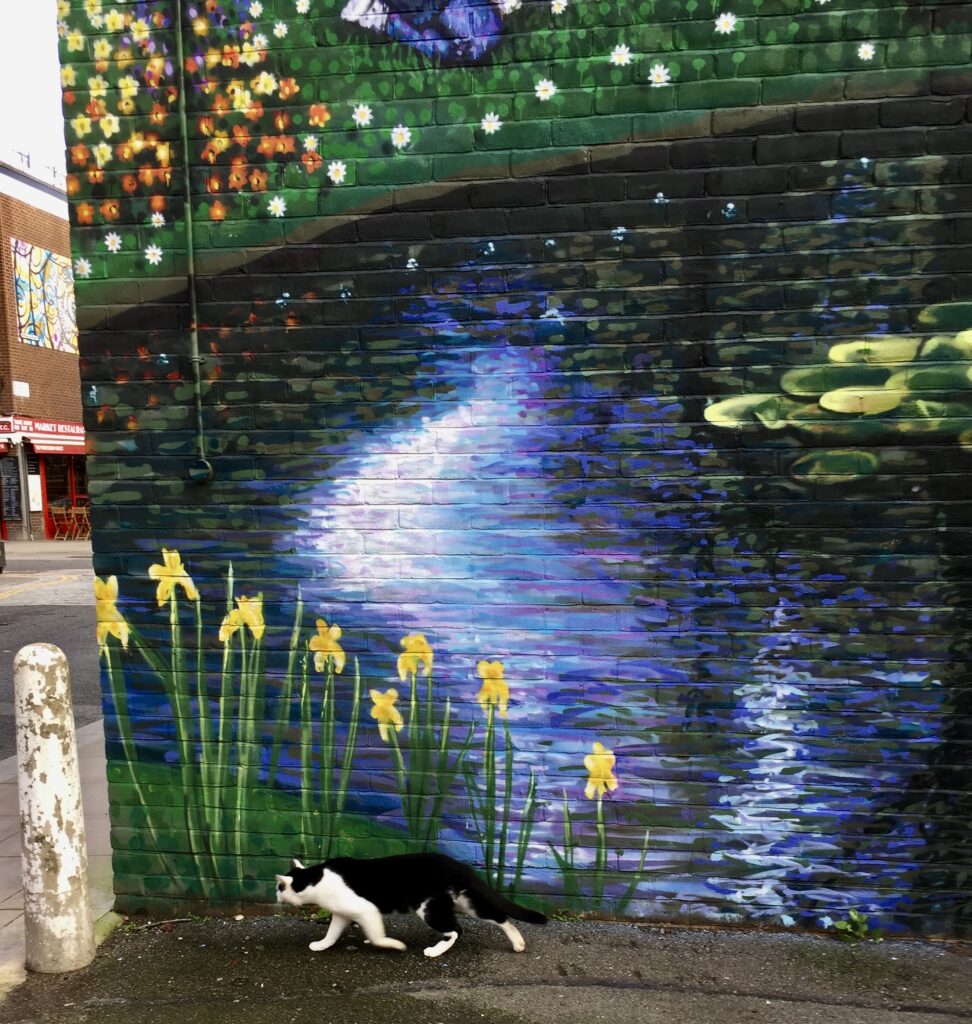
More street art …
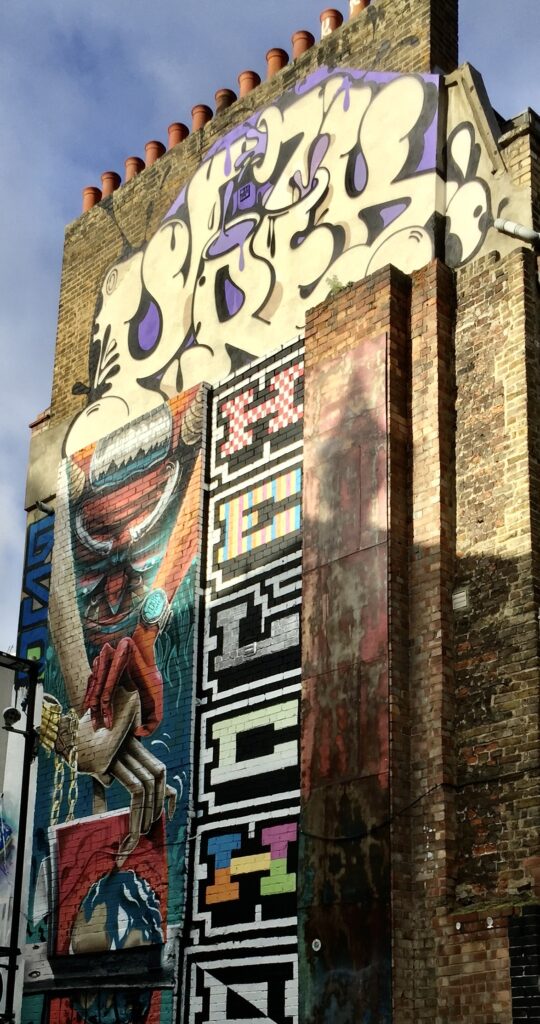
One of my favourites ..
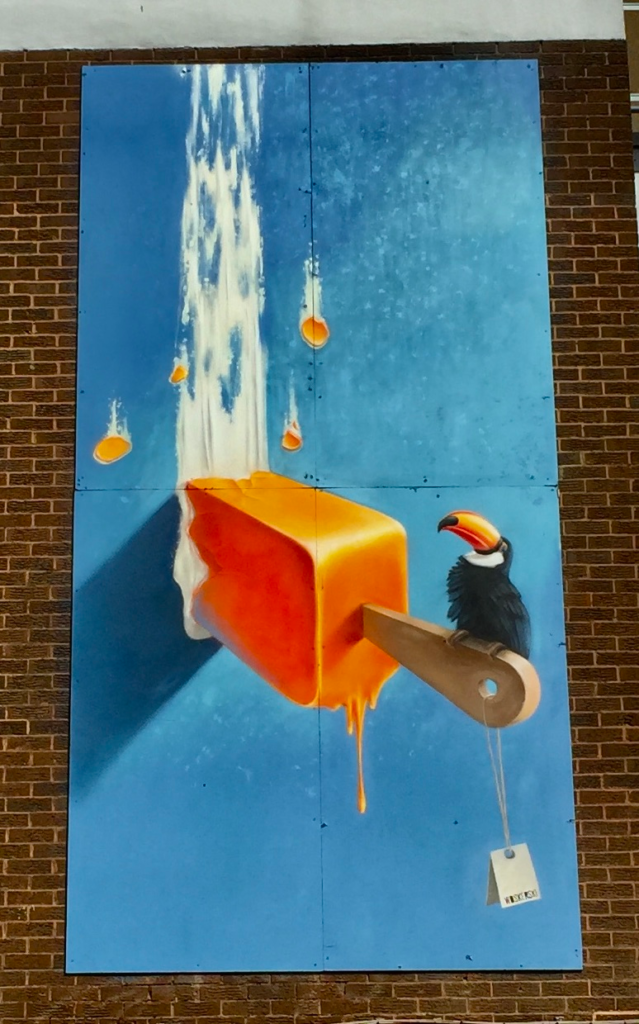
Made me smile …
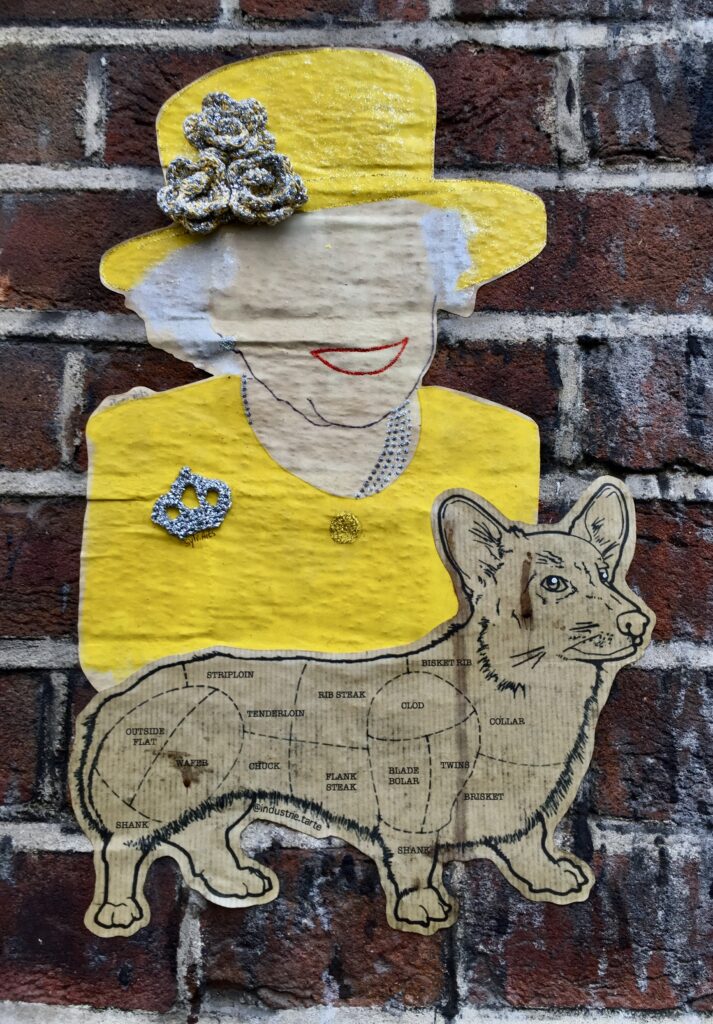
The following words in italics come from the St Luke’s Conservation area document. The images are mine.
Central and pivotal to the conservation area St. Luke’s Church, dating from
1733, designed by John James and Nicholas Hawksmoor, is one of London’s
most important churches.
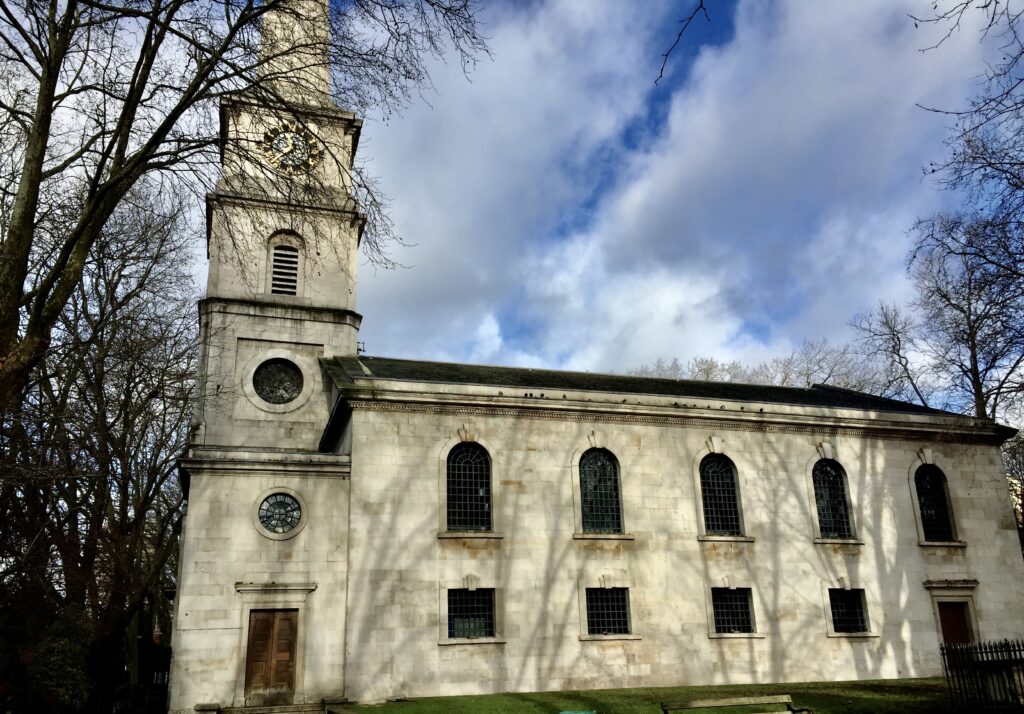
The church is now refurbished as a rehearsal,concert and education centre for the London Symphony Orchestra. The unusual obelisk spire is a major local landmark, with important views downWhitecross Street.
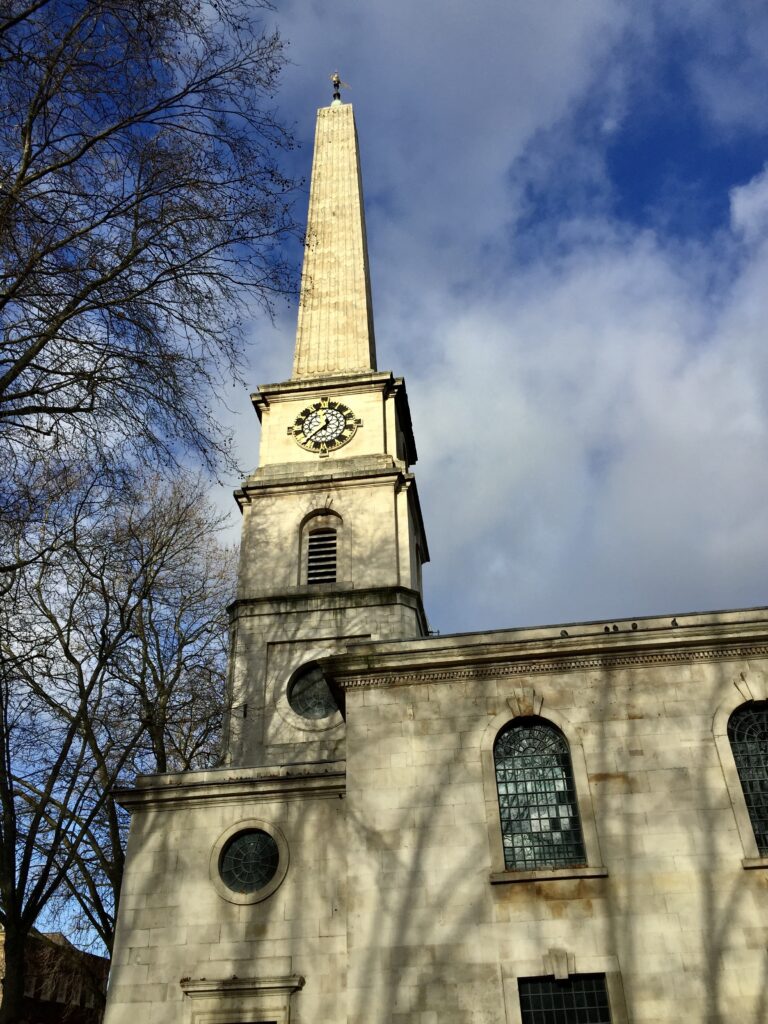
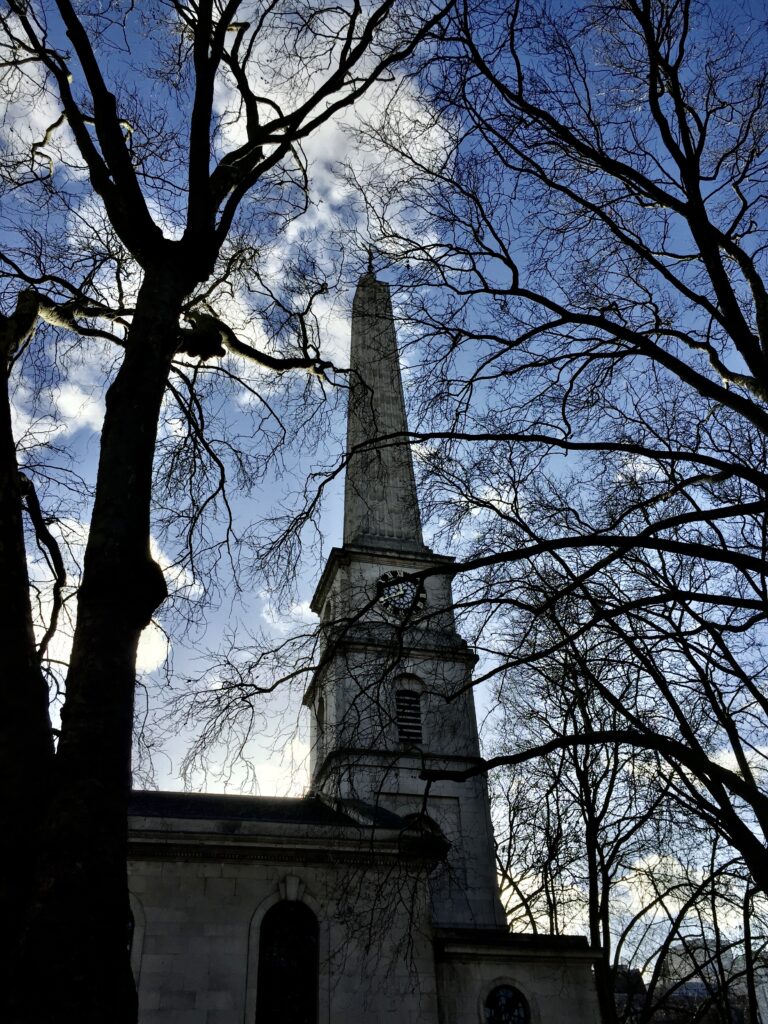
Surrounding the church is the churchyard and burial ground, now a public open space, with fine plane trees, railings and tombs.

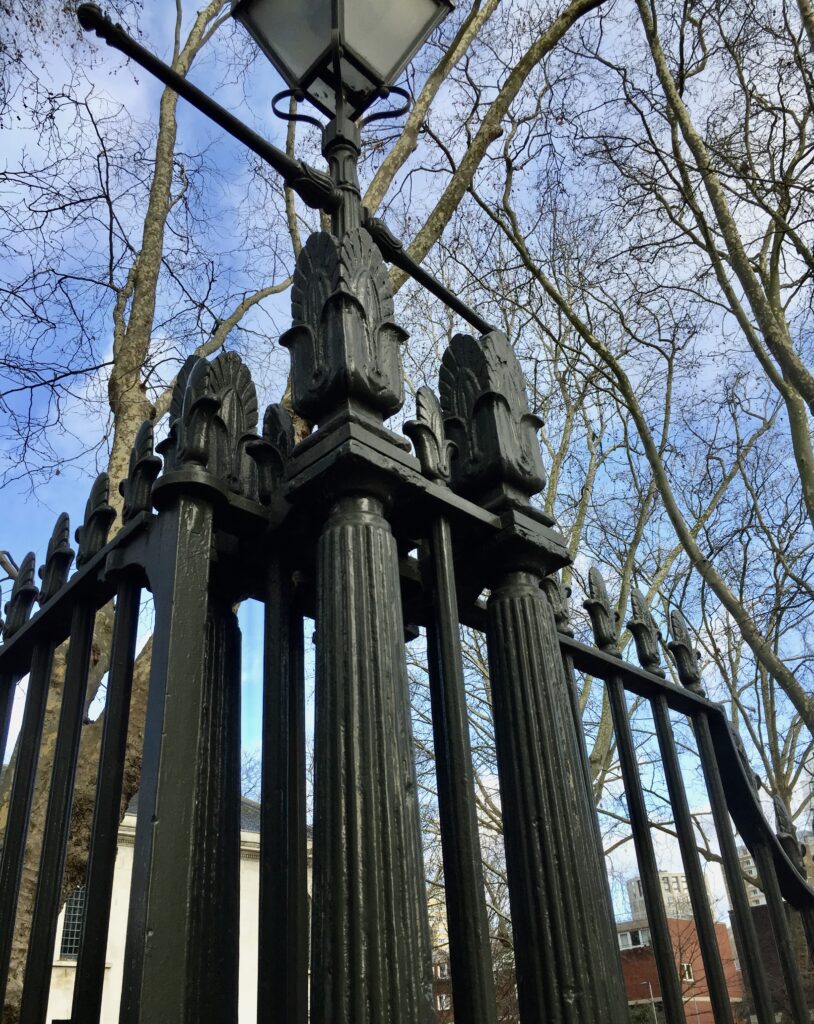
Fronting onto these spaces are several important groups of Georgian and Victorian buildings which are of architectural and historic interest and which contribute to the setting of the church.
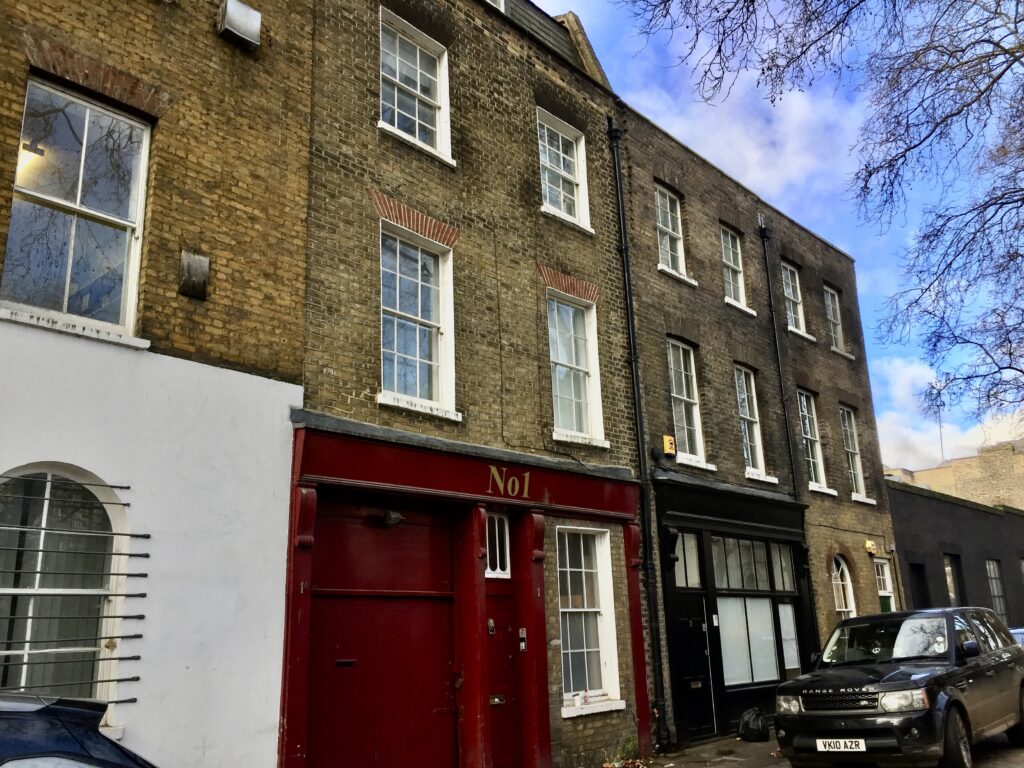
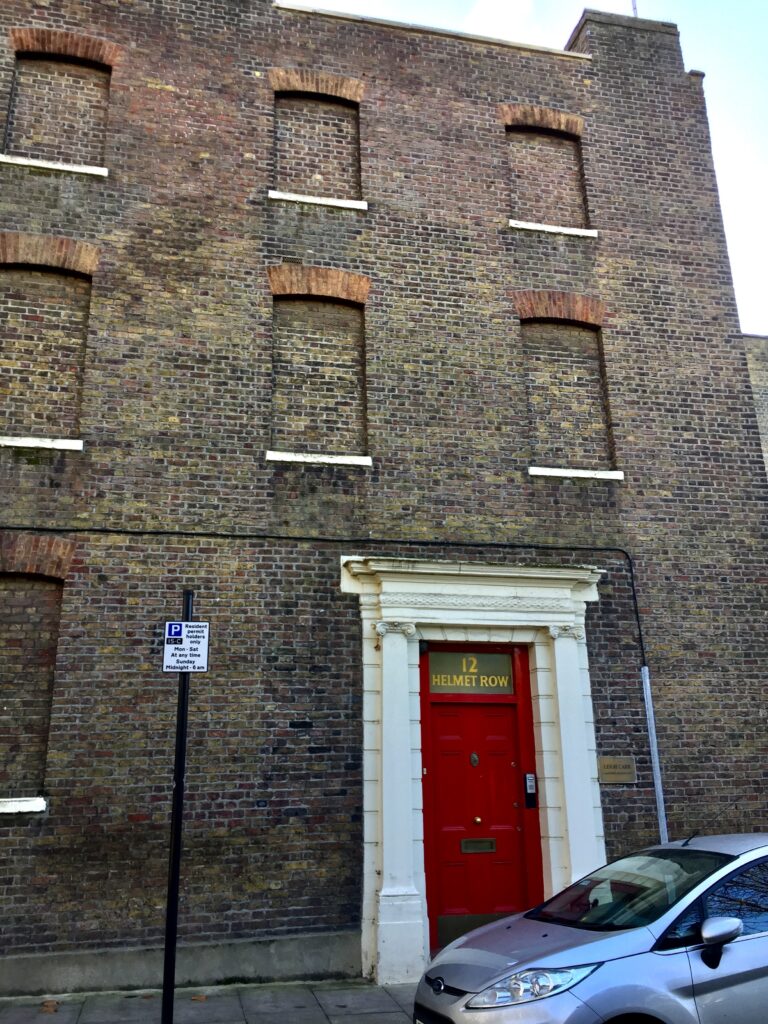
There is a tomb in the churchyard which is often described as the family tomb of William Caslon (1692-1766) …
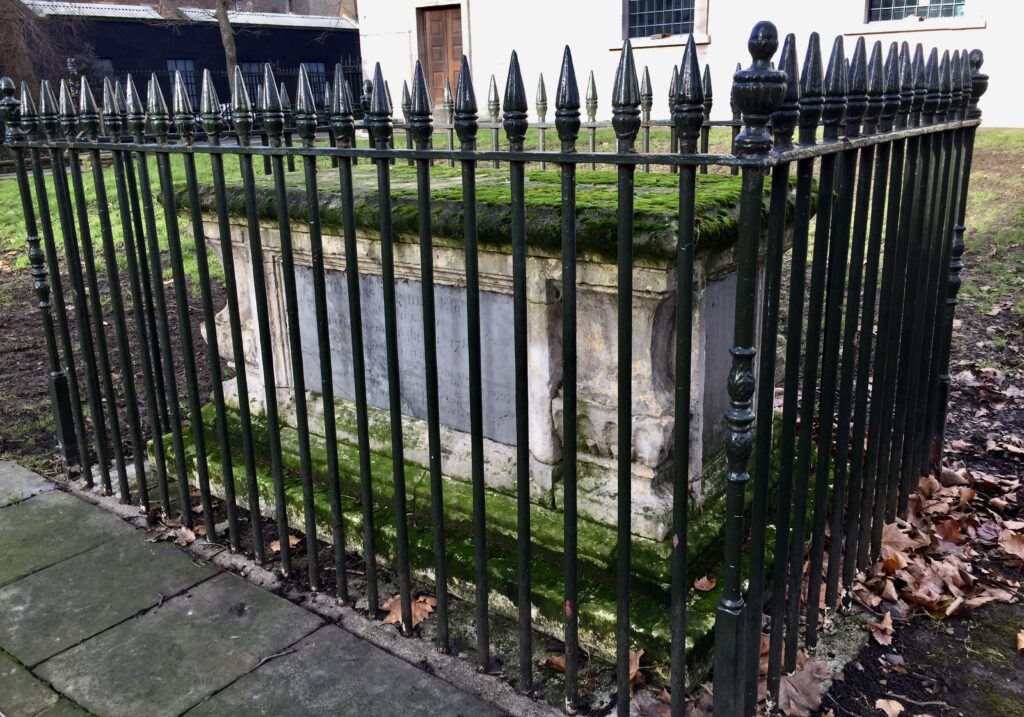
He was the first major letter founder in London and, nearly three centuries later, remains the pre-eminent letter founder this country has produced. Before Caslon, there was little letter founding in Britain and most type was imported – even Shakespeare’s First Folio was printed with French type. But Caslon’s achievement was to realise designs and produce type which have been widely used ever since. And it all happened here, around the eastern fringes of the City of London. The Caslon family tomb stood just yards from where William Caslon started his first letter foundry in Helmet Row in 1727.
Here is a specimen of his typefaces from 1734 …
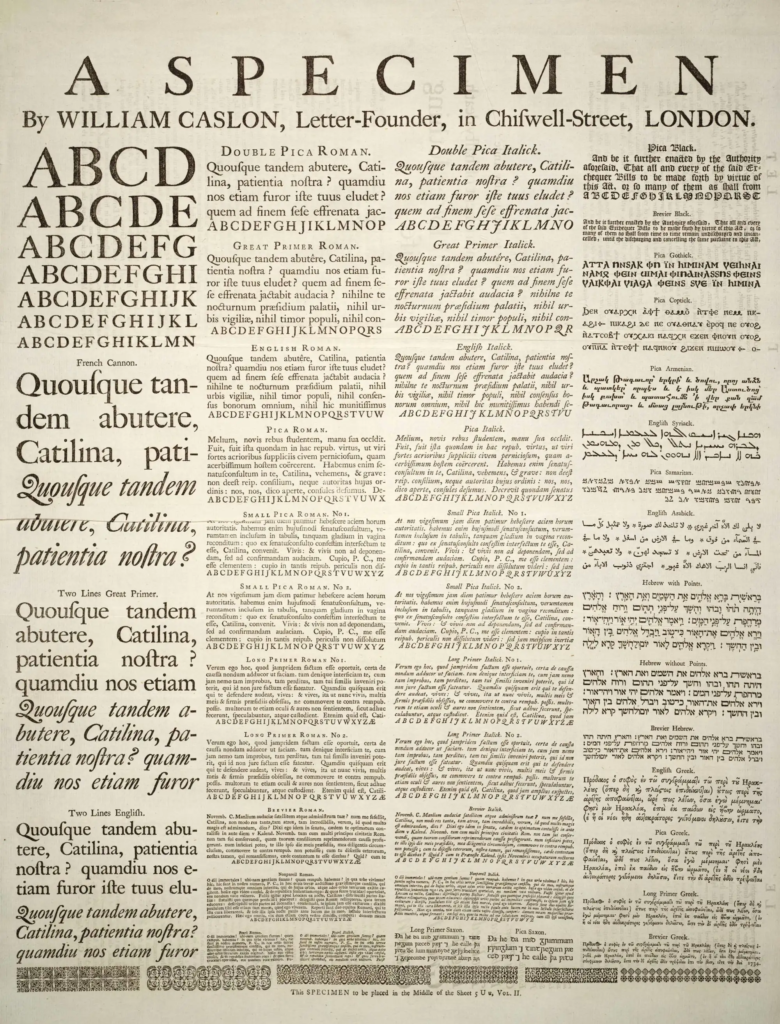
However, when I looked more closely at the tomb inscription, the name I saw was Thomas Hanbey …
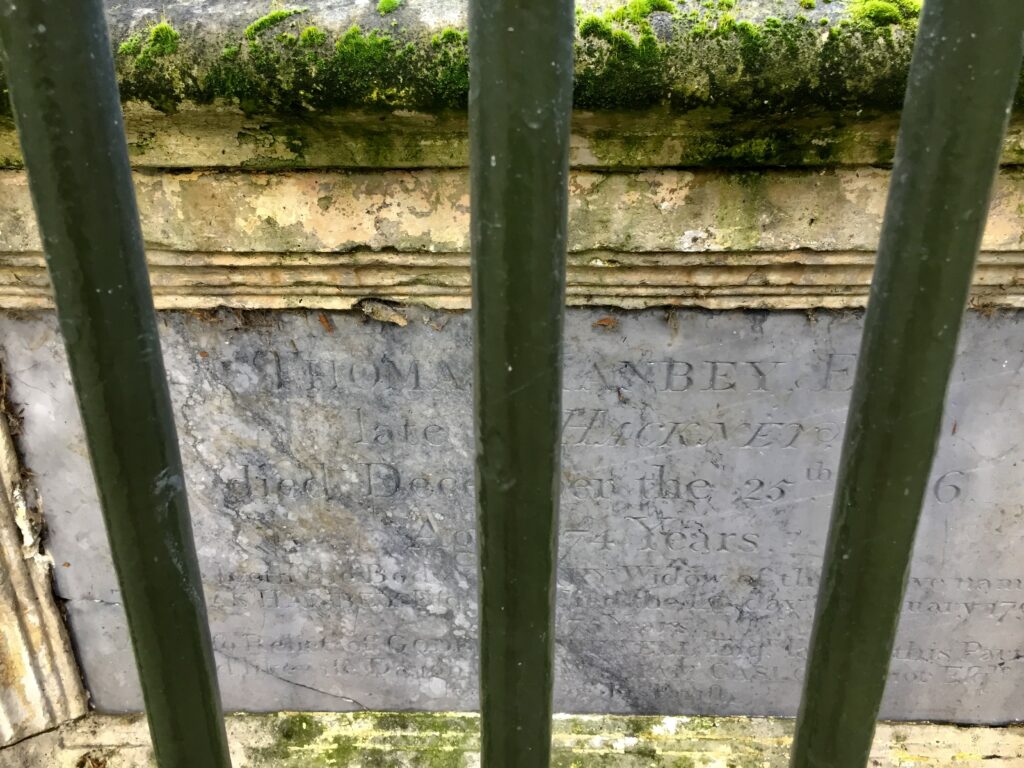
A mystery!
But here’s a quote from The Typefoundry blog of December 2007 (my emphasis) …
‘T. B. Reed … wrote that the Caslon tomb was kept in repair by a bequest from Mary Hanbey, daughter of William Caslon I, who died in January 1797. In fact it is clear from her will that the present tomb, which she paid for, replaced the original monument of the Caslon family, and was dedicated to her husband Thomas Hanbey, who had been born in Sheffield and died in 1786. He was a Liveryman of the Ironmongers’ Company and Master of the Company in 1775 …’
In any event, hopefully the remains of the remarkable Mr Caslon are still there somewhere, so I shall keep my tribute to him in this blog.
The church spire was topped by an unusual weather vane depicting the head of a dragon with a fiery comet-like tail. Apparently this was misinterpreted locally as a louse, and by the mid-20th century had gained the church the nickname ‘lousy St Luke’s’ …
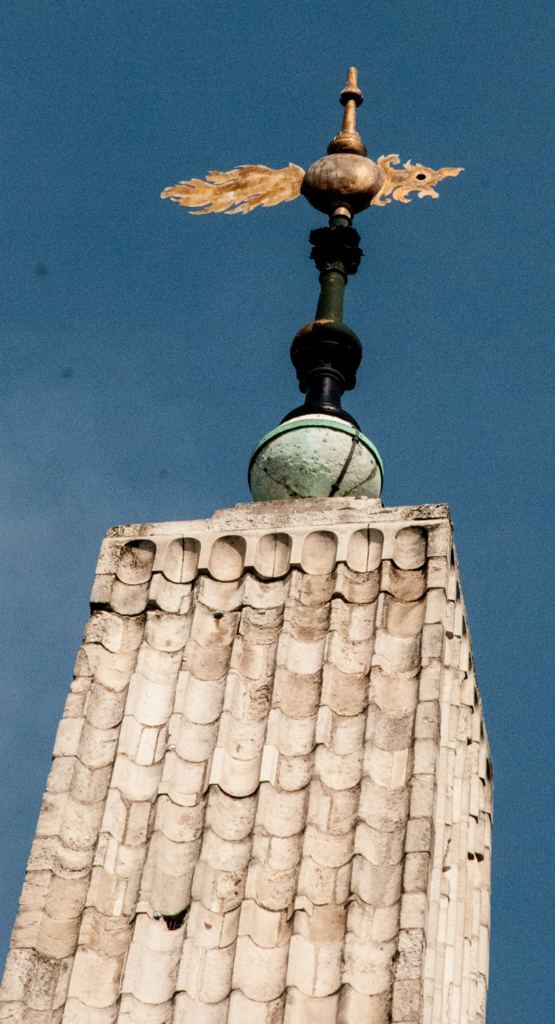
Parish Boundary bollard for ‘St Luke’s Middlesex’ …
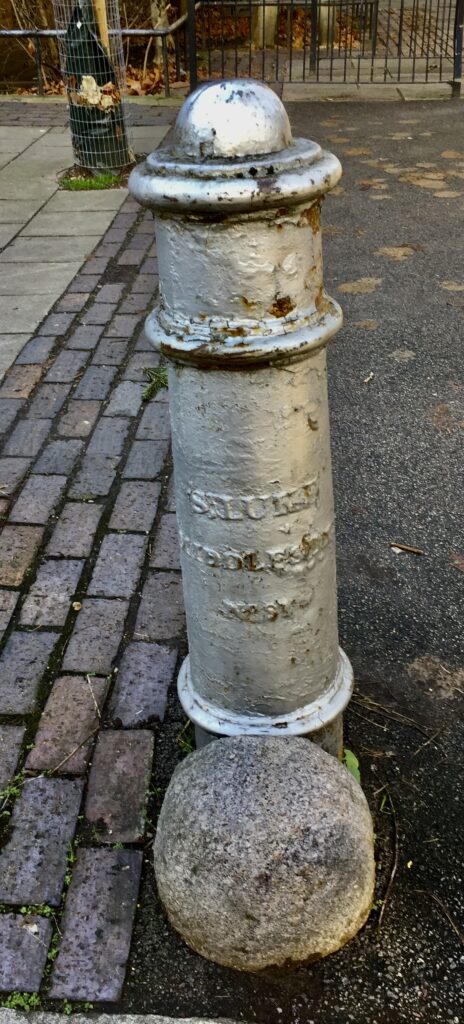
Walking east along Old street, look up for the Salvation Army ghost sign …
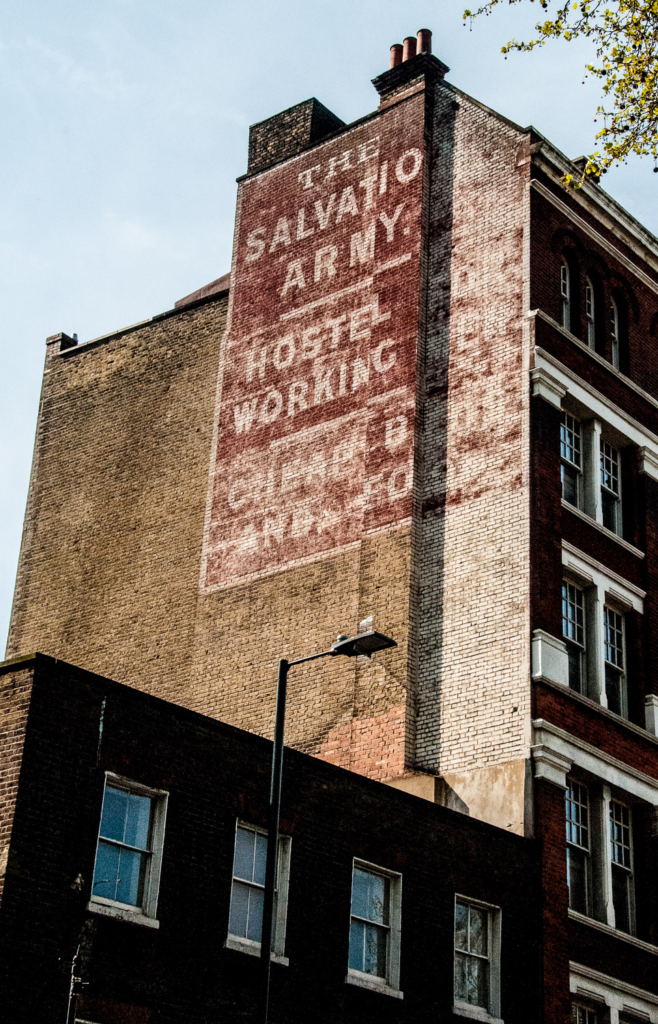
And finally, number 116, now appropriately renamed Stylus, used to be the Margolin Gramophone Company factory …
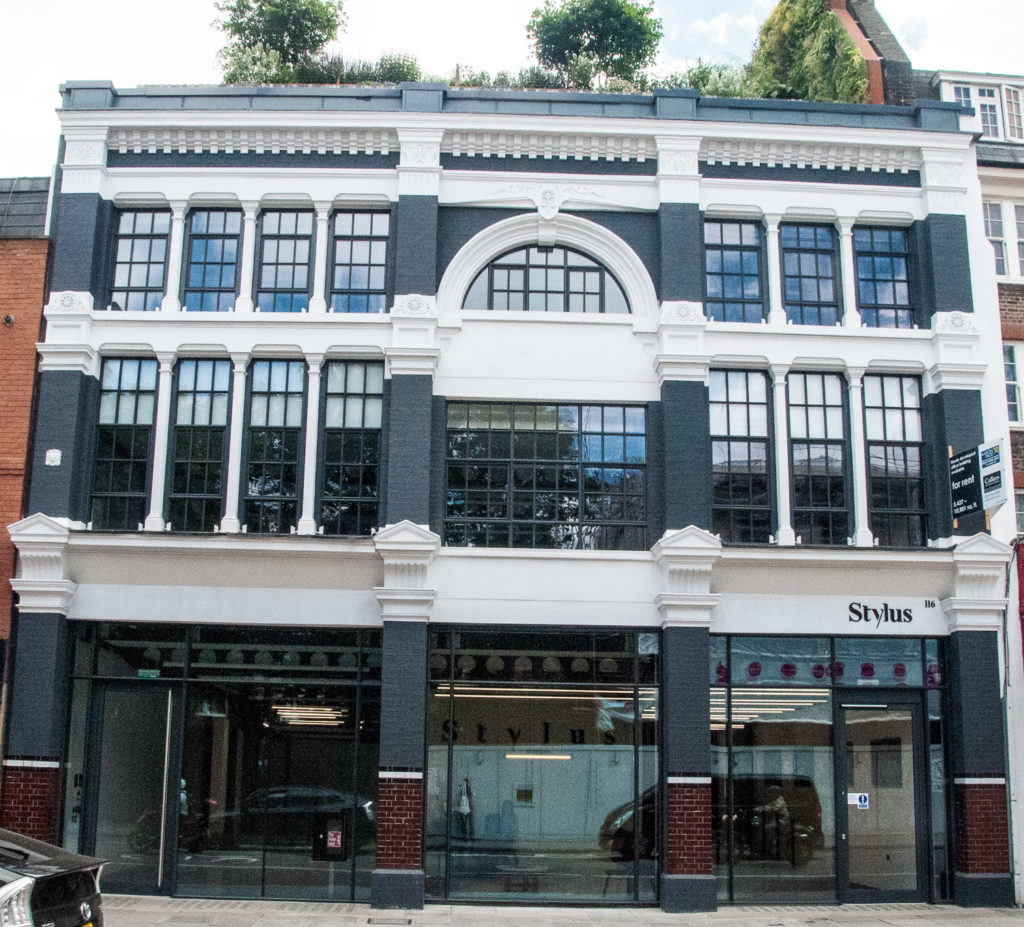
They manufactured the Dansette record player – a name very familiar to us baby-boomers …
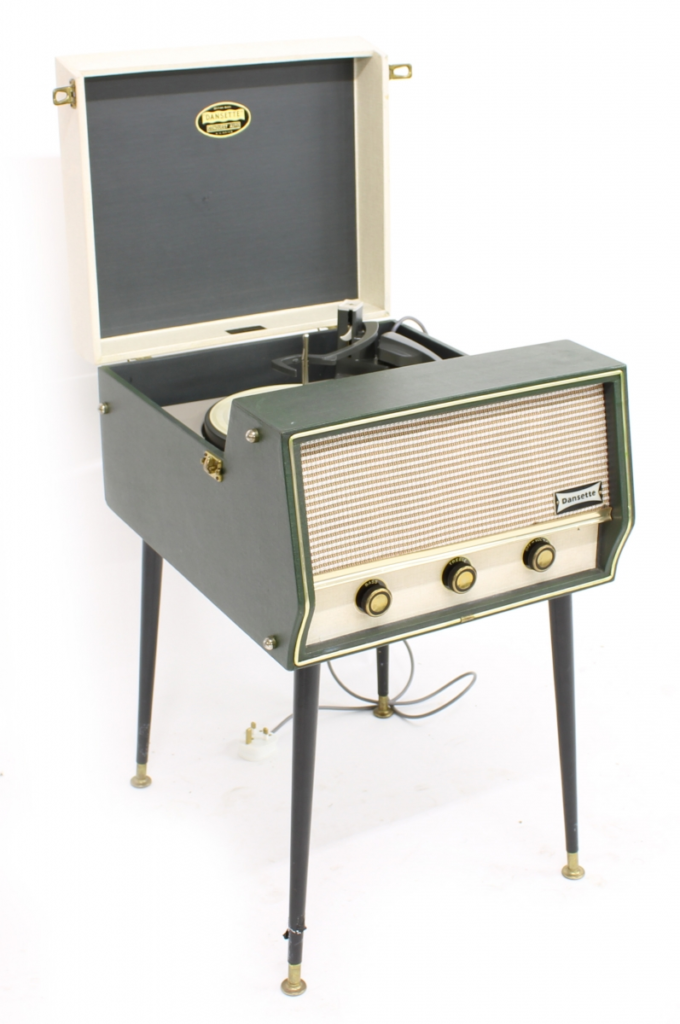
I had a portable one just like this …

Cool!!!
In those days I could pop some of my vinyl collection into a handy little carrying case and take it when visiting friends. And, guess what, I still have it! …
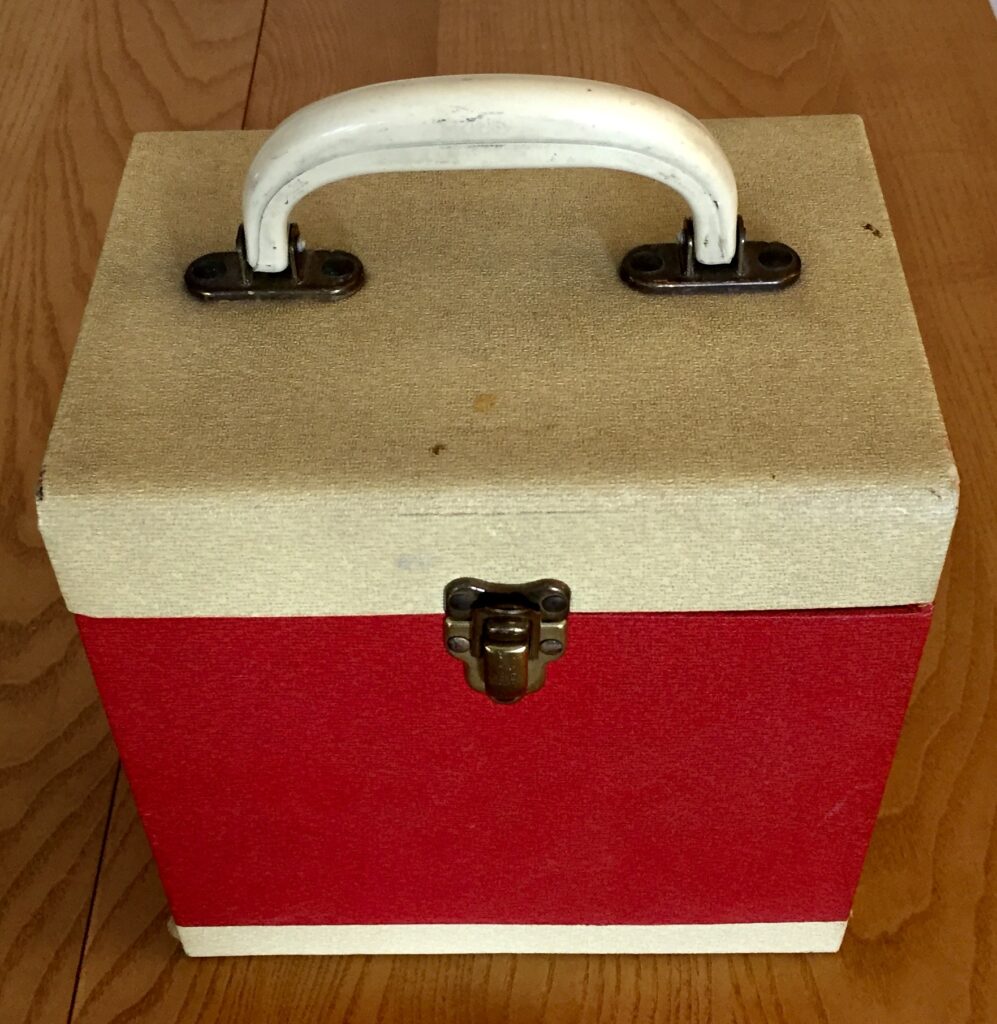
And there are still records in it …
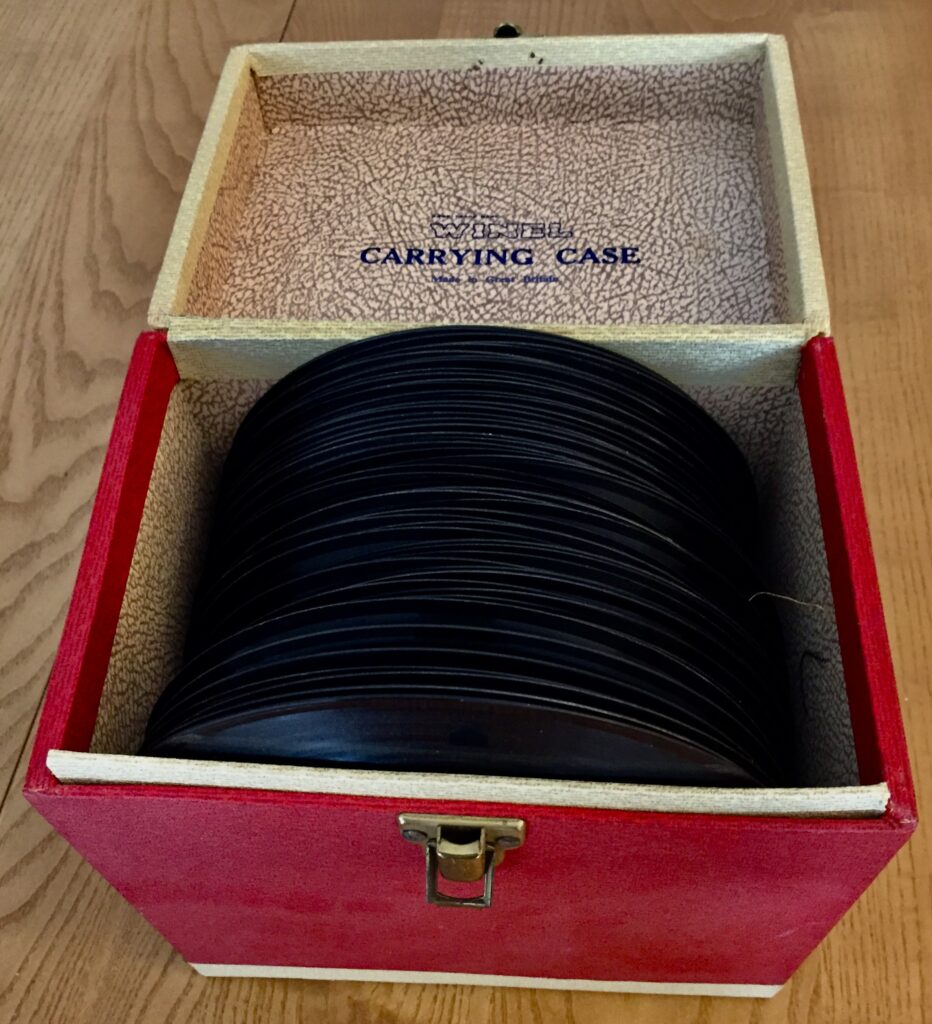
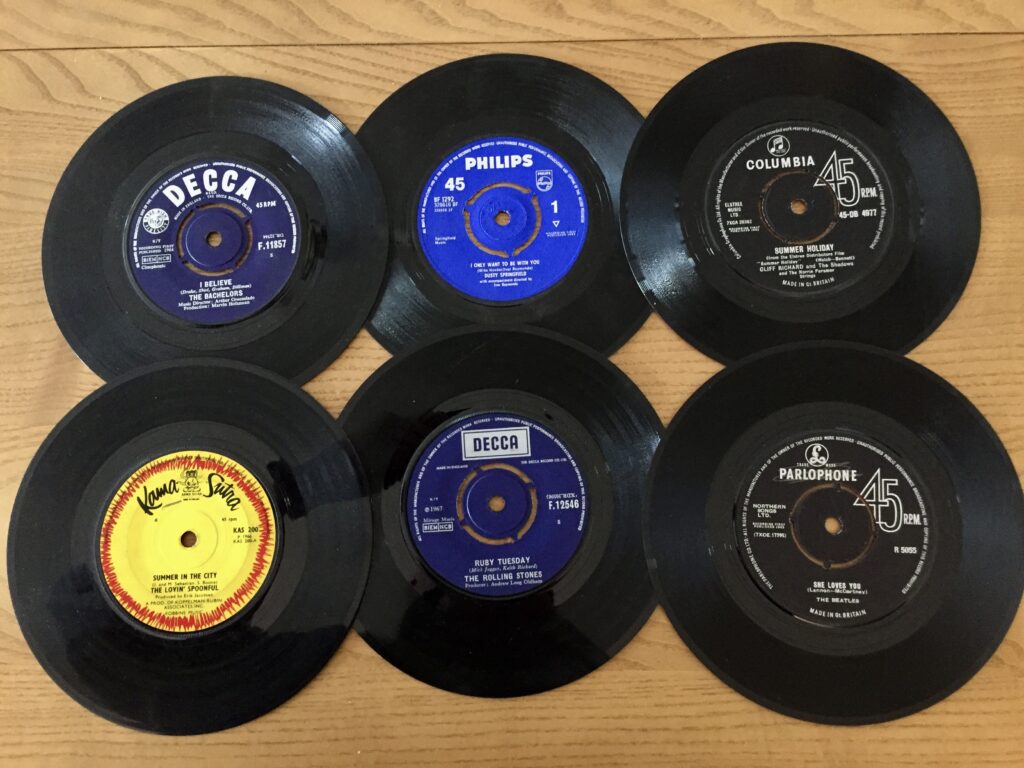
This was a very controversial 1965 hit around the world …
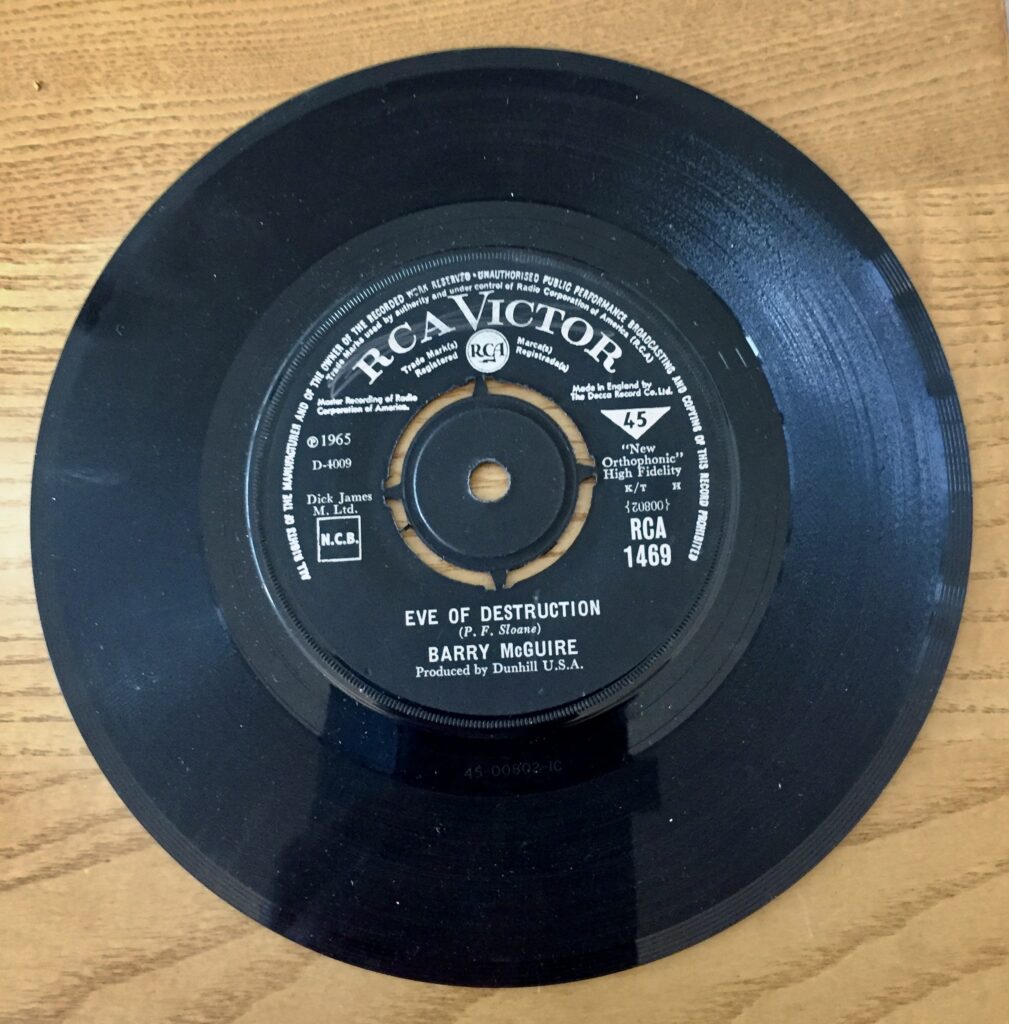
Listen to it and you will see why. It was the time of the Vietnam War and the year when Martin Luther King organised a march from Selma to Birmingham, Alabama, which began on 7 March 1965 with around 600 marchers taking part. When the marchers reached the outskirts of Selma they were attacked by state troopers and local police.
Here’s a link to the recording along with video footage.
The Wikipedia link about the song can be found here.
If you would like to follow me on Instagram here is the link …
